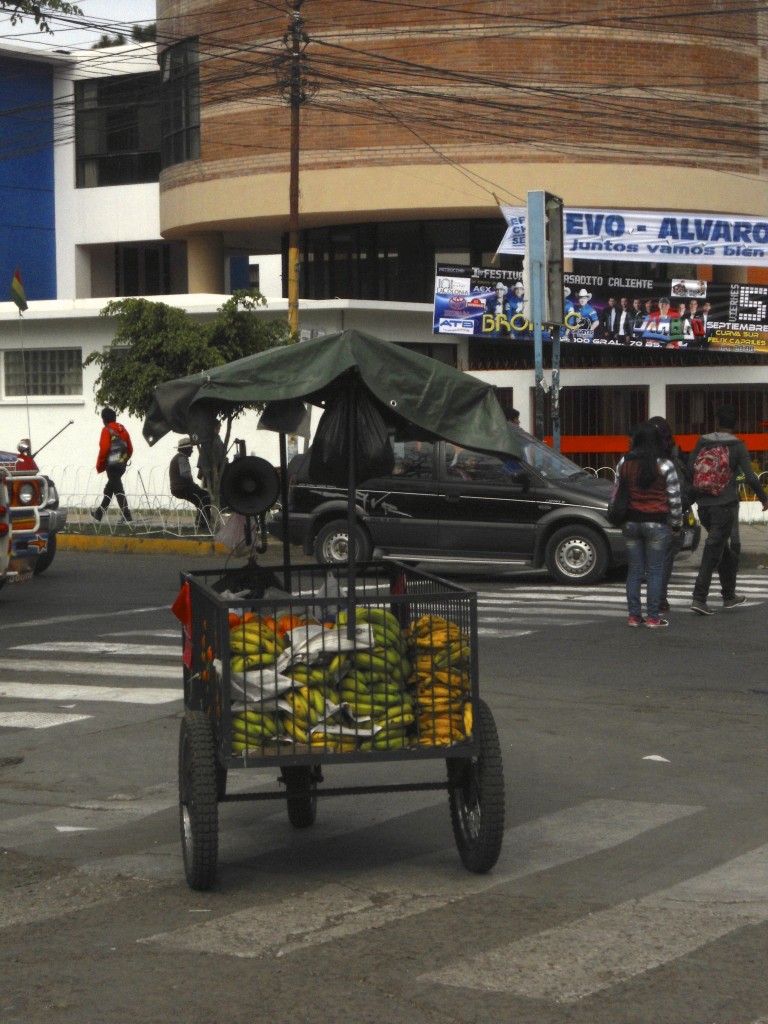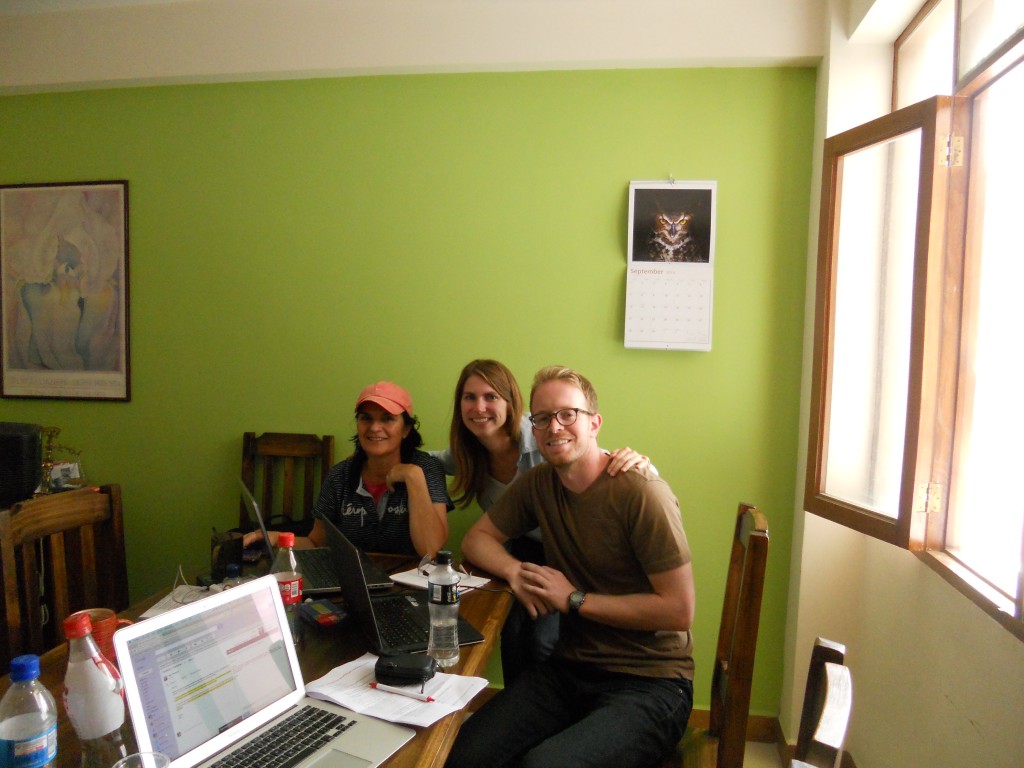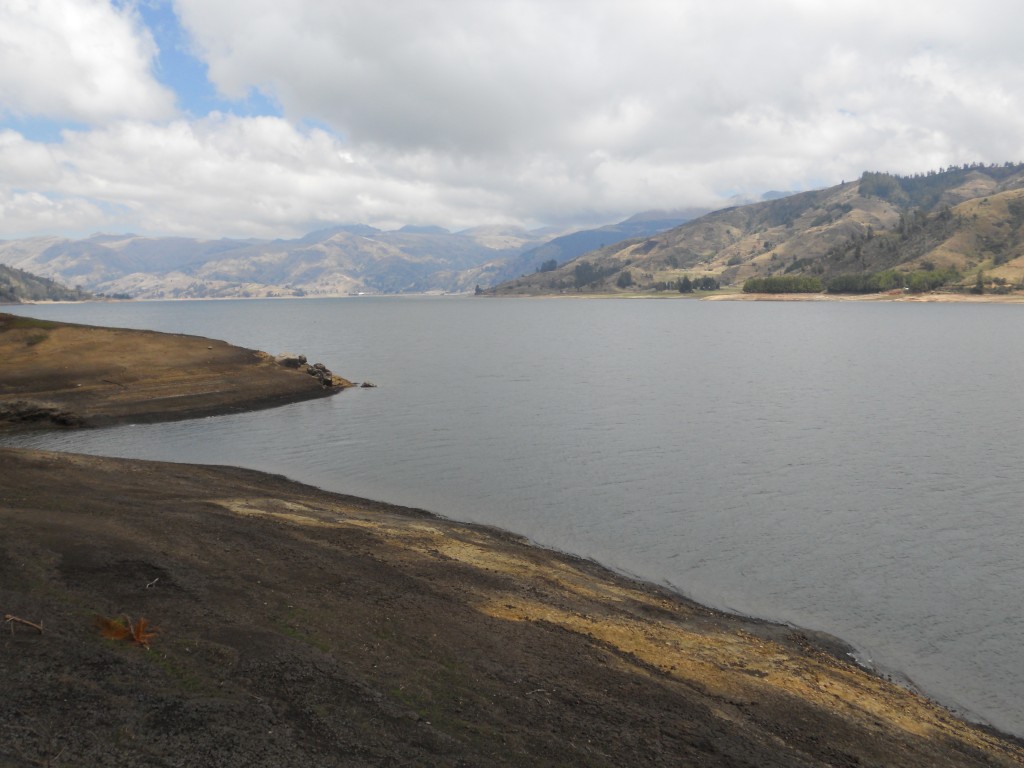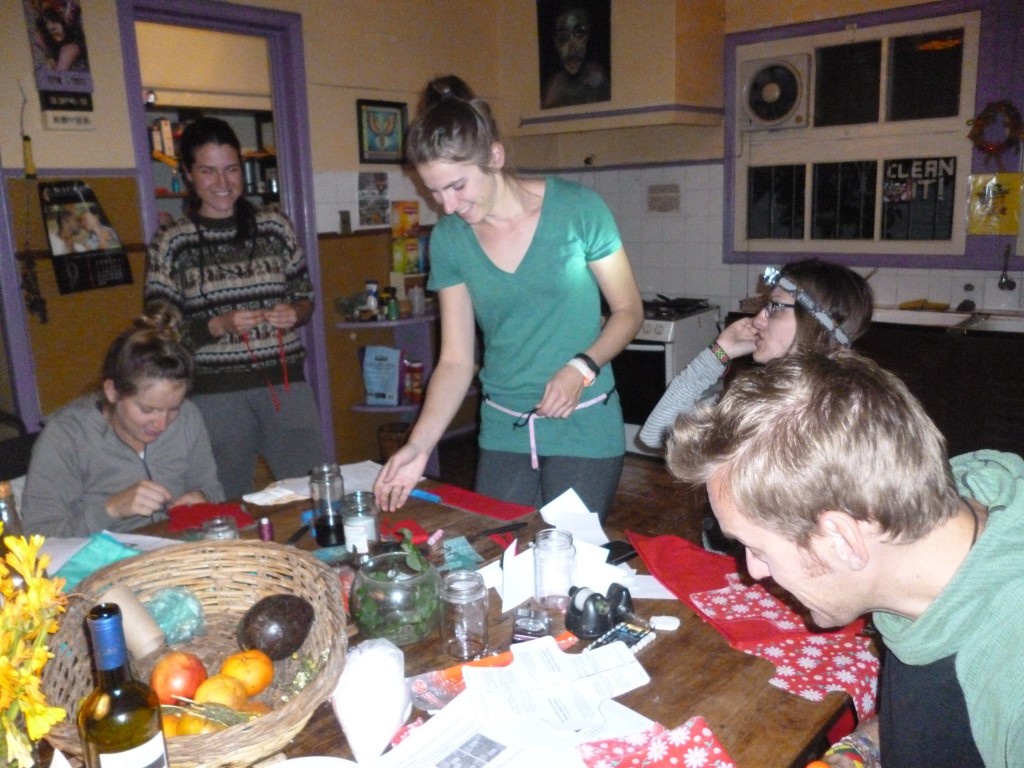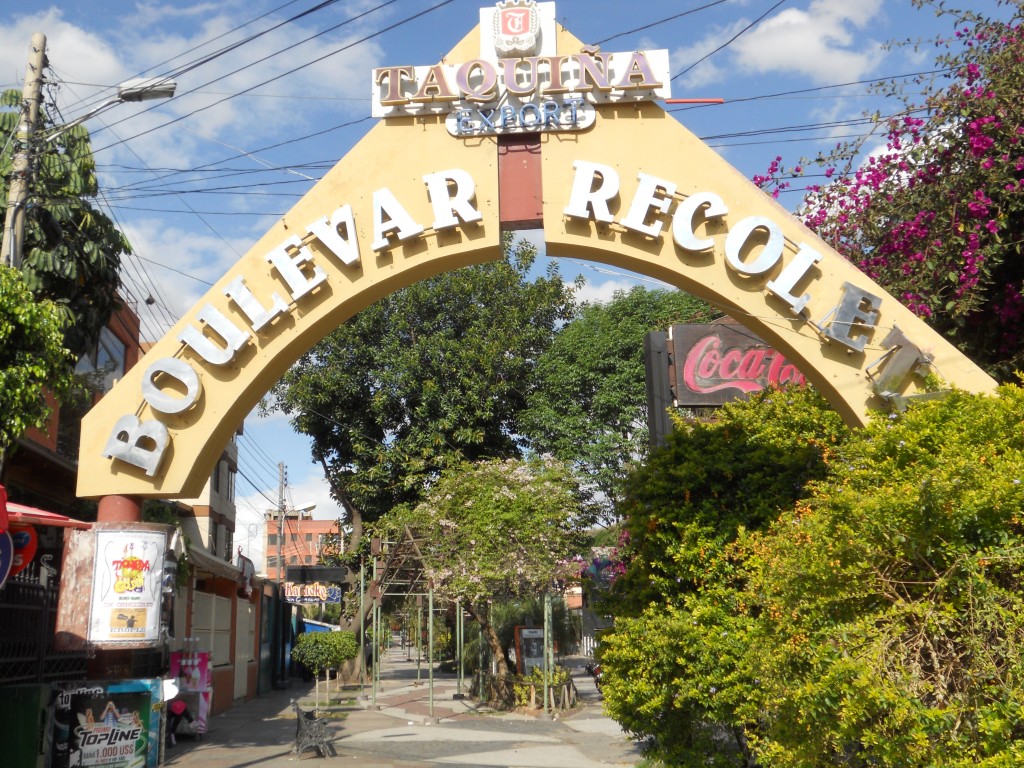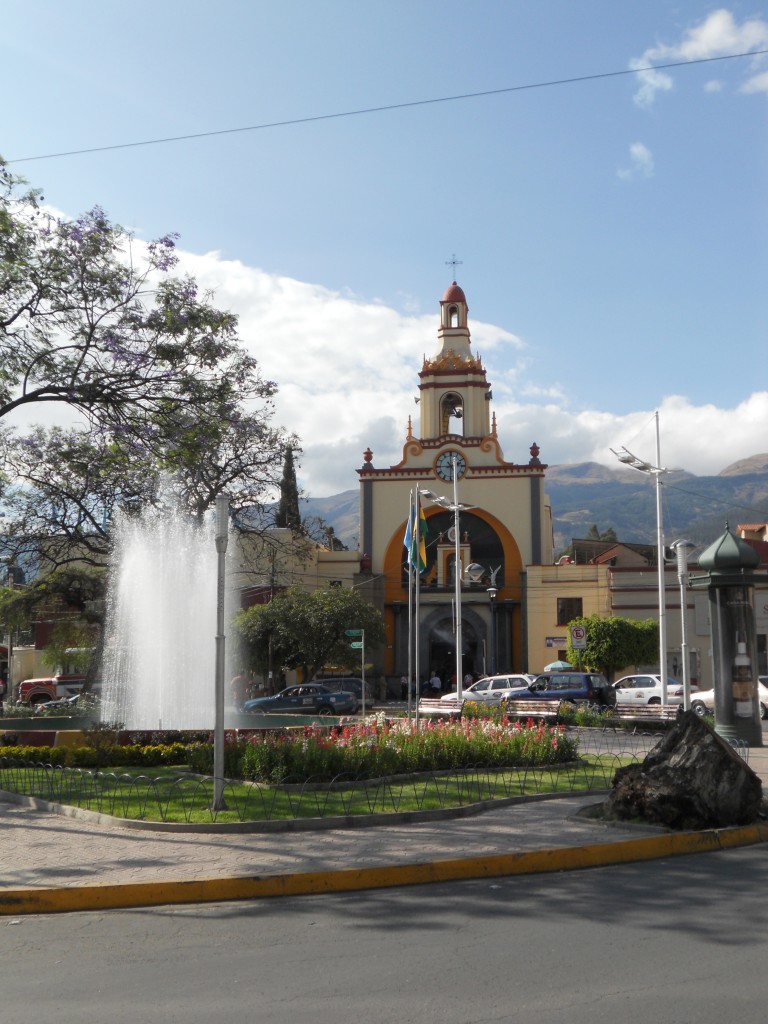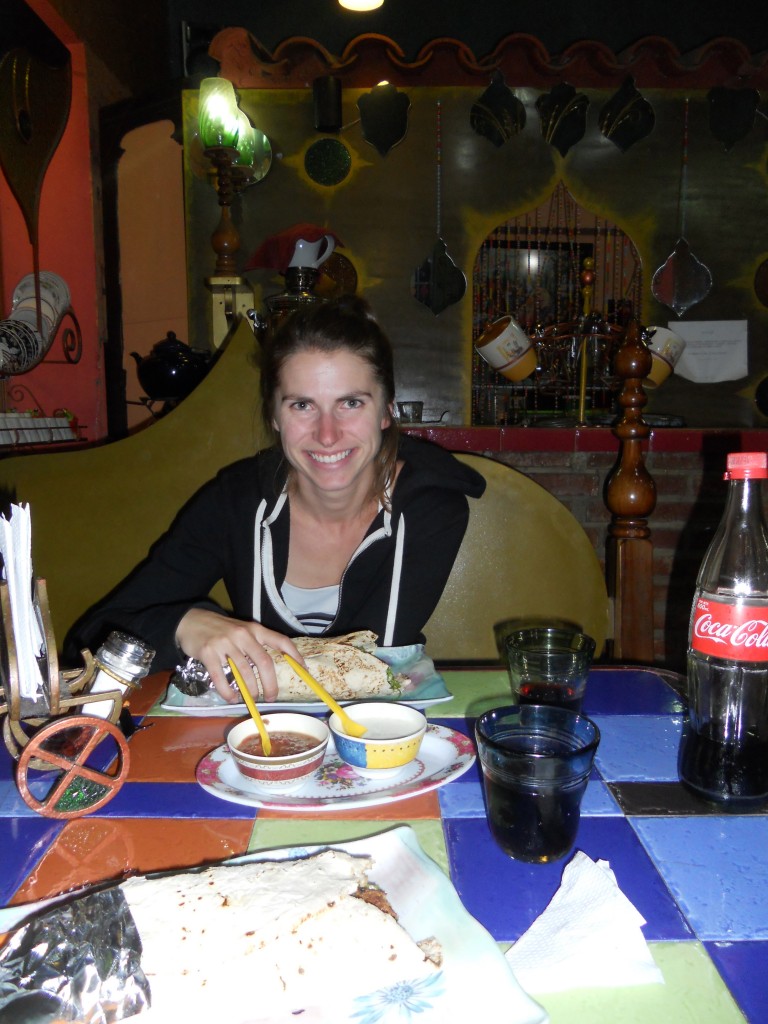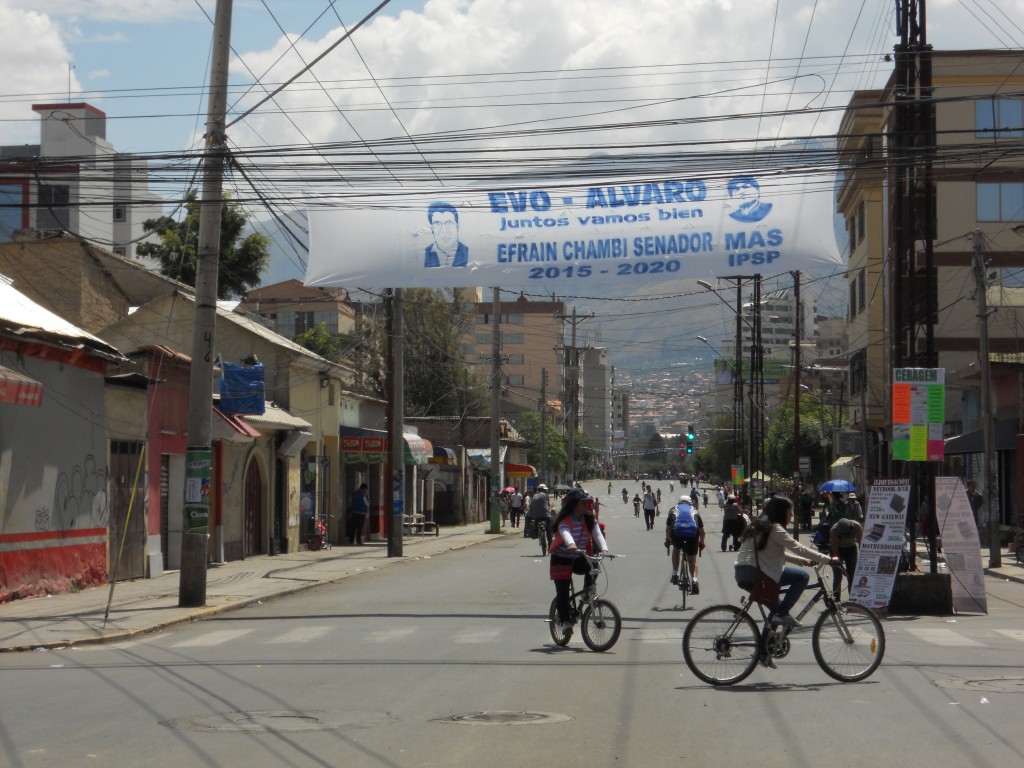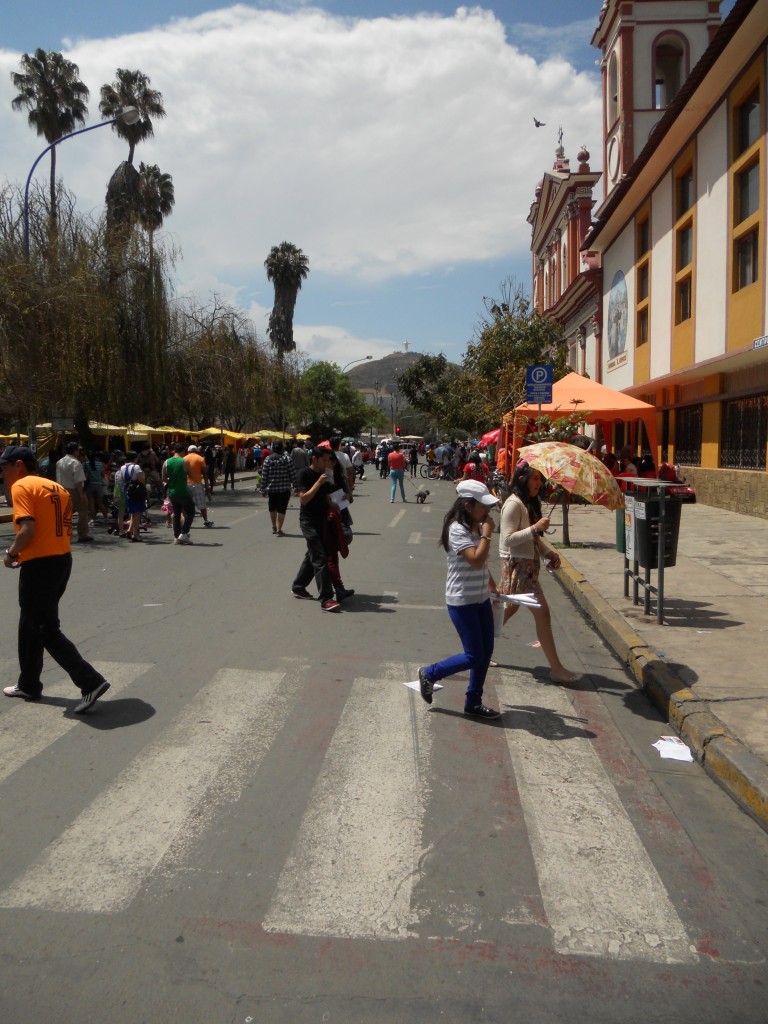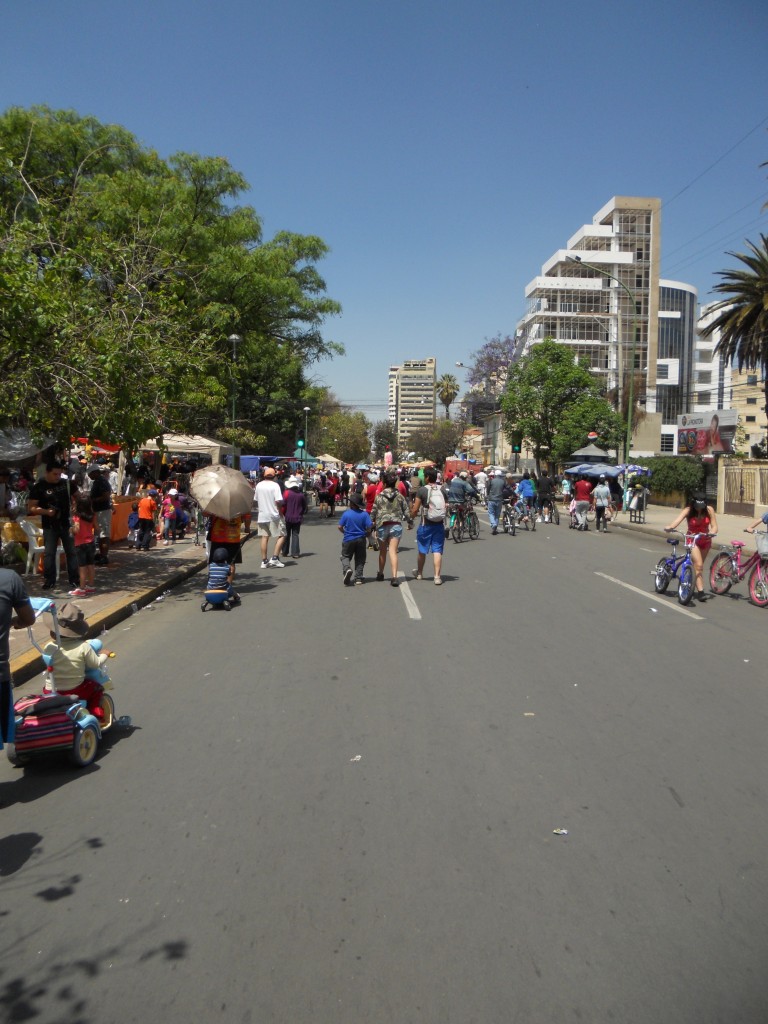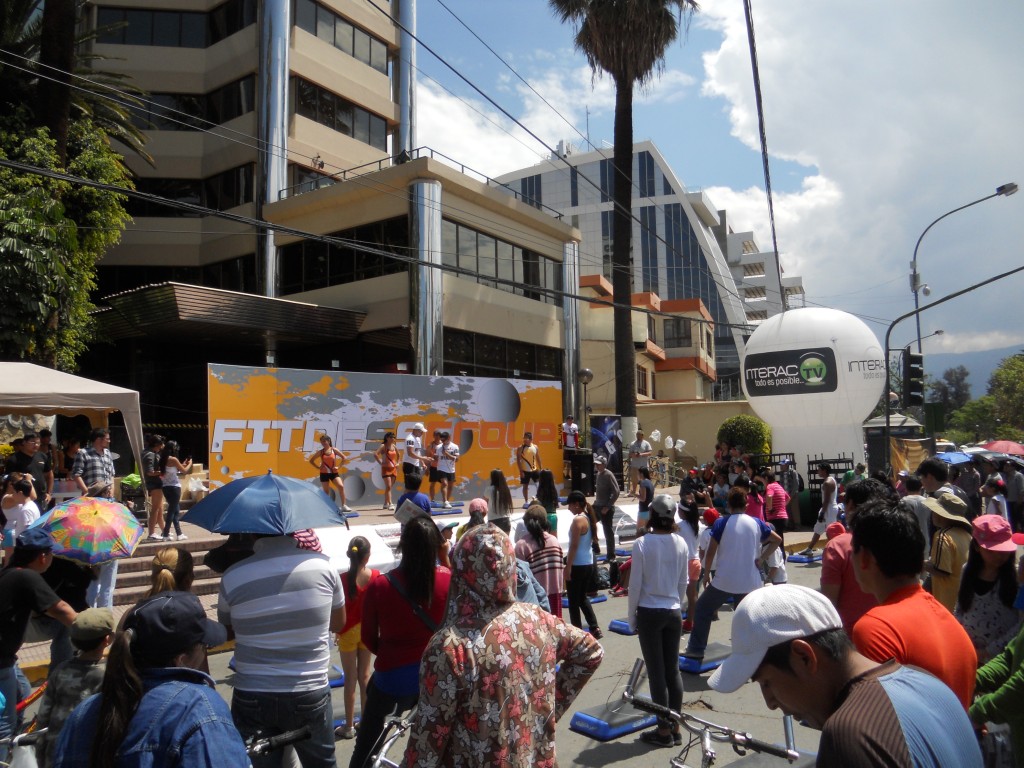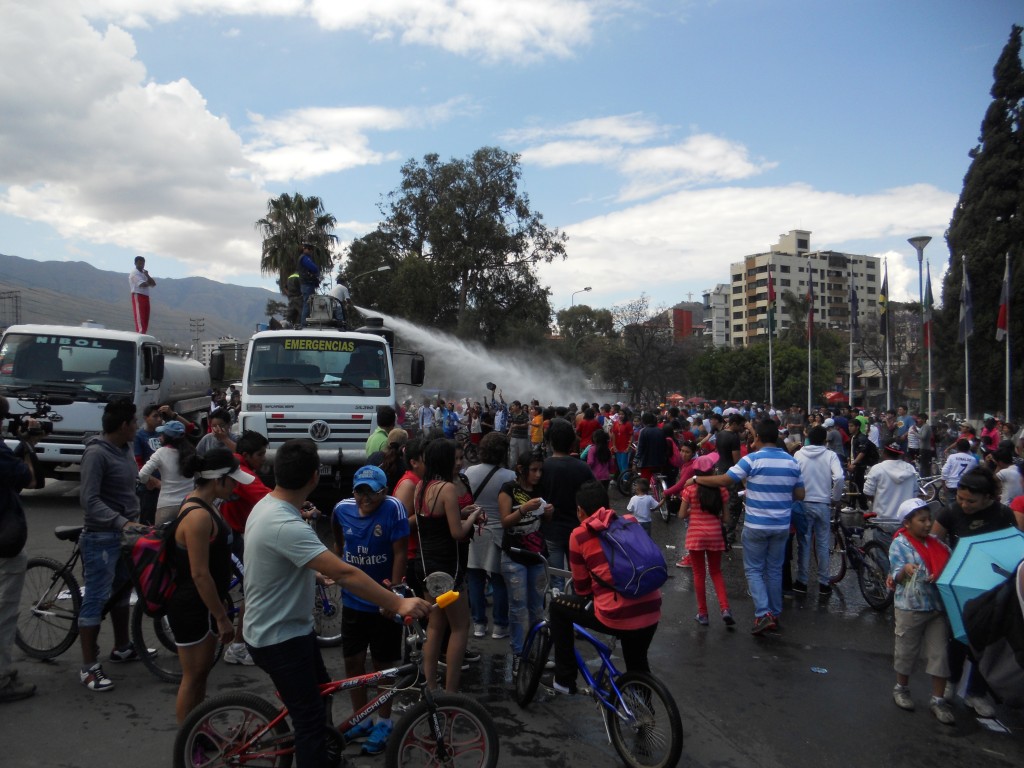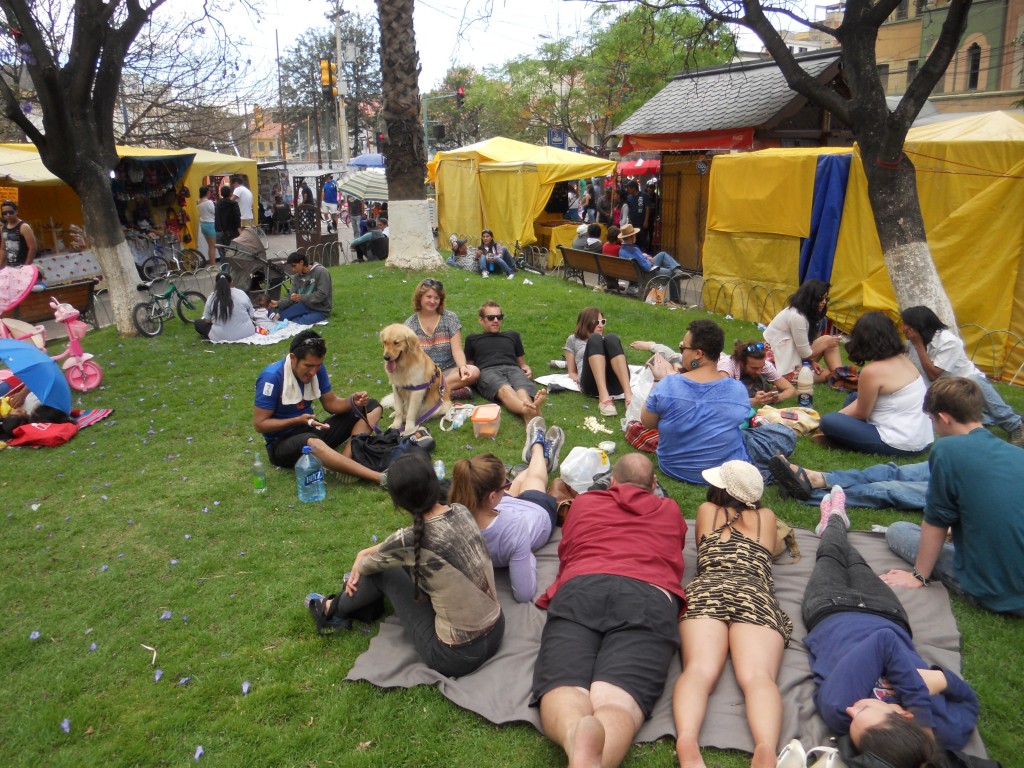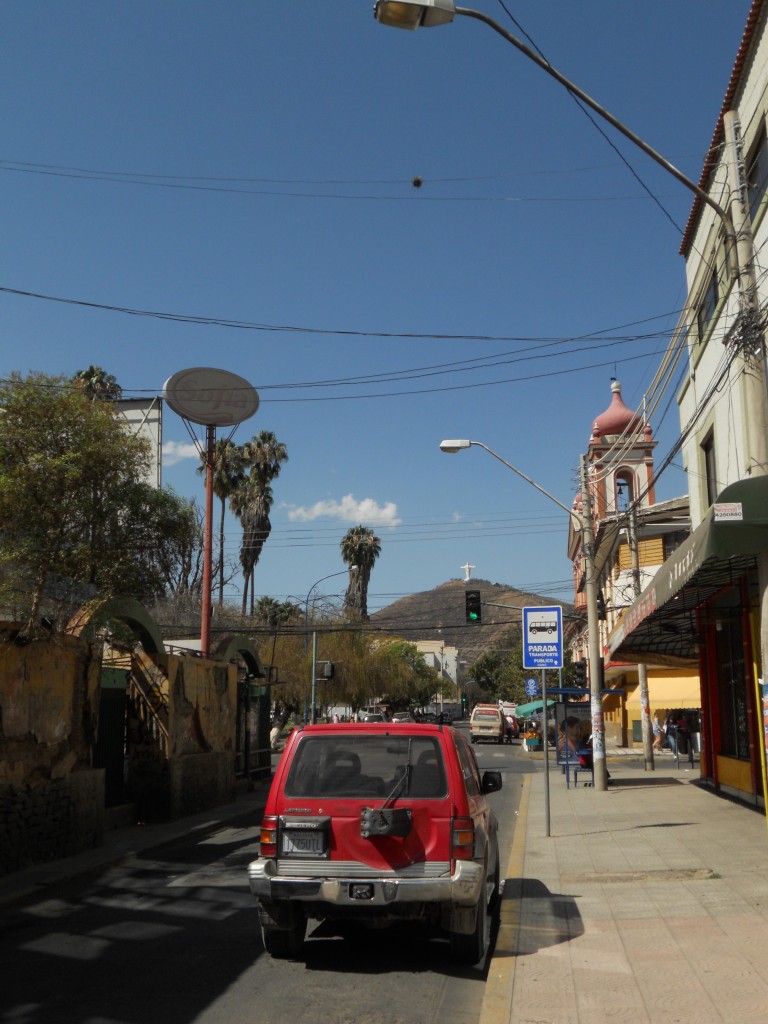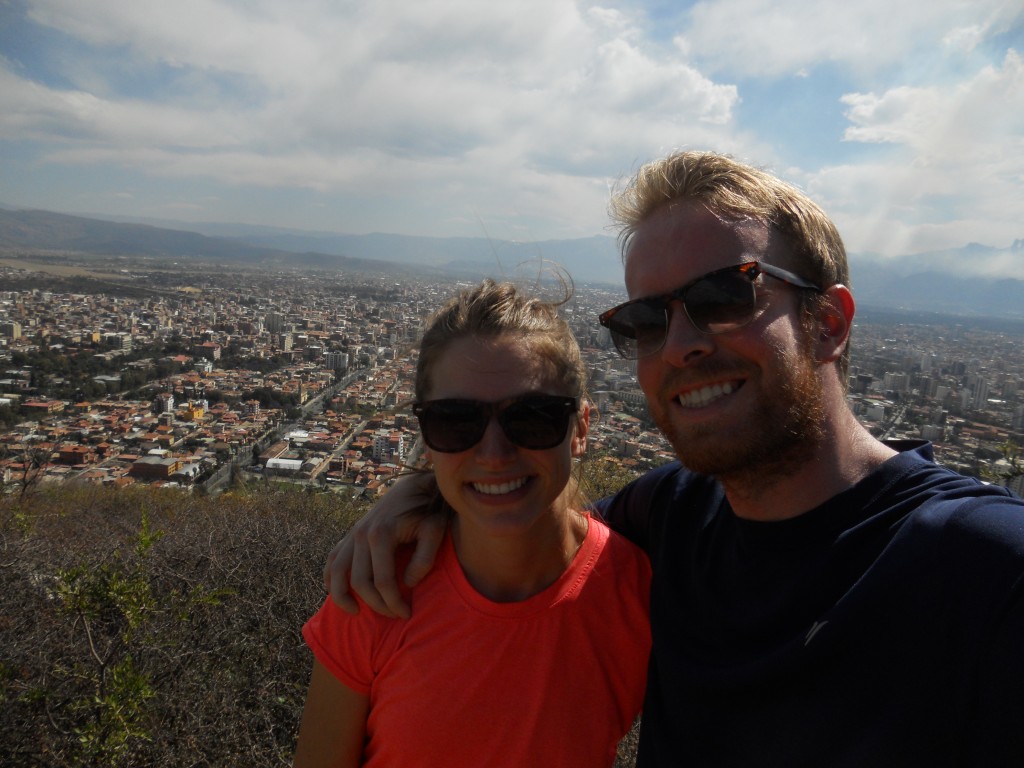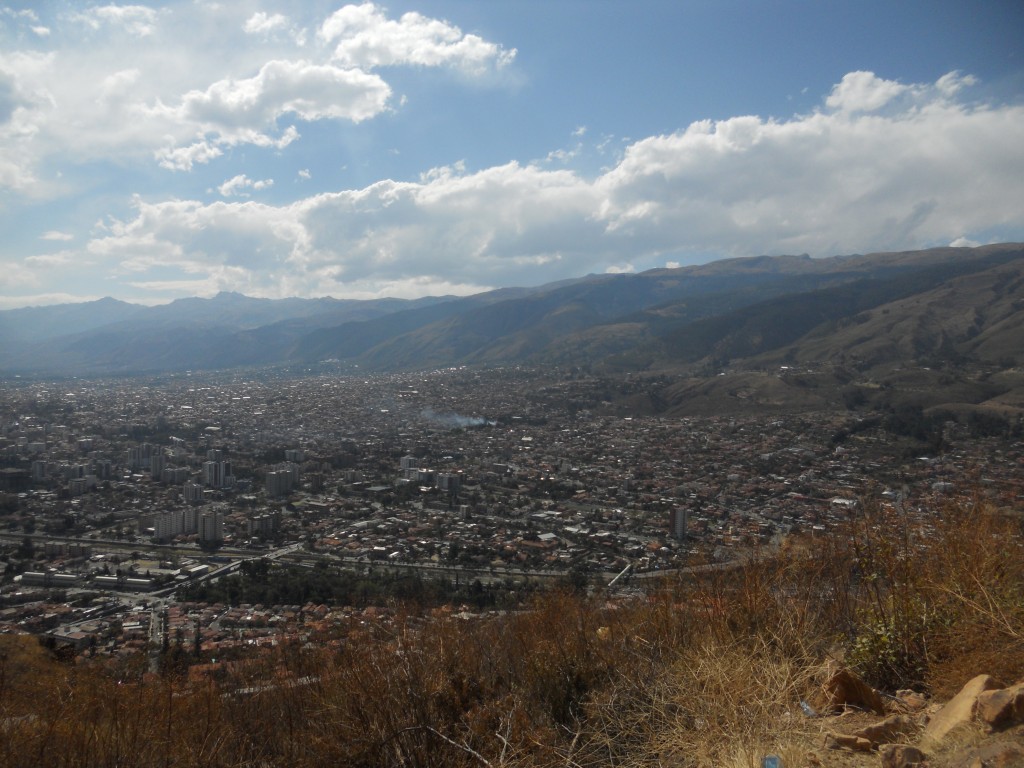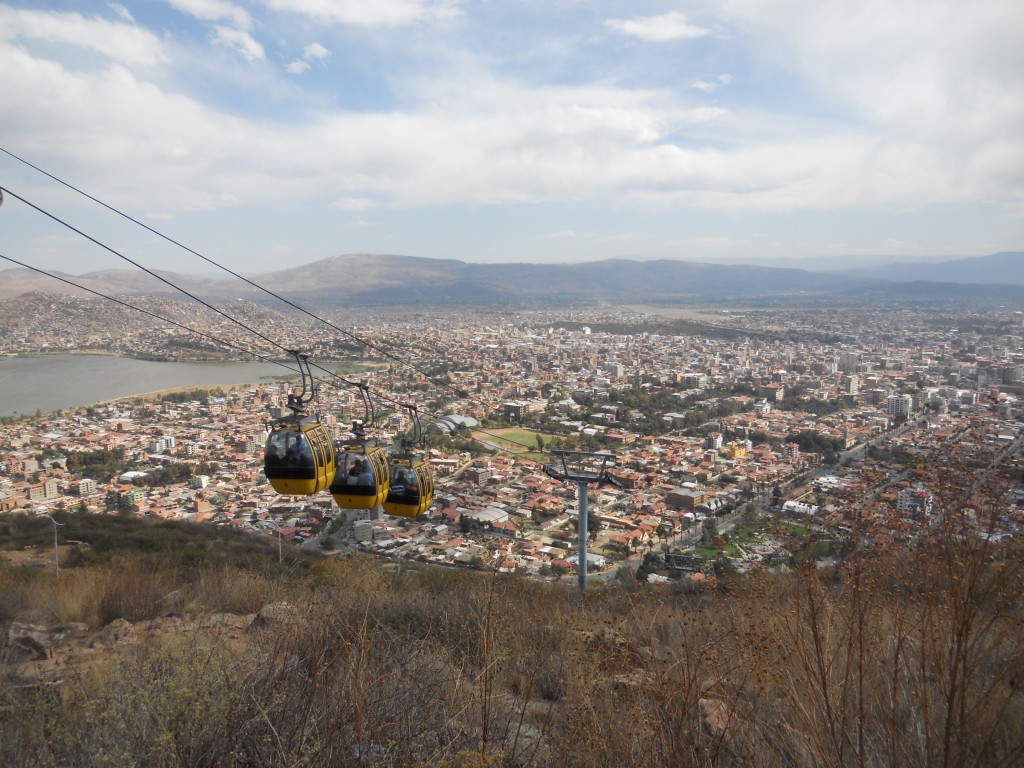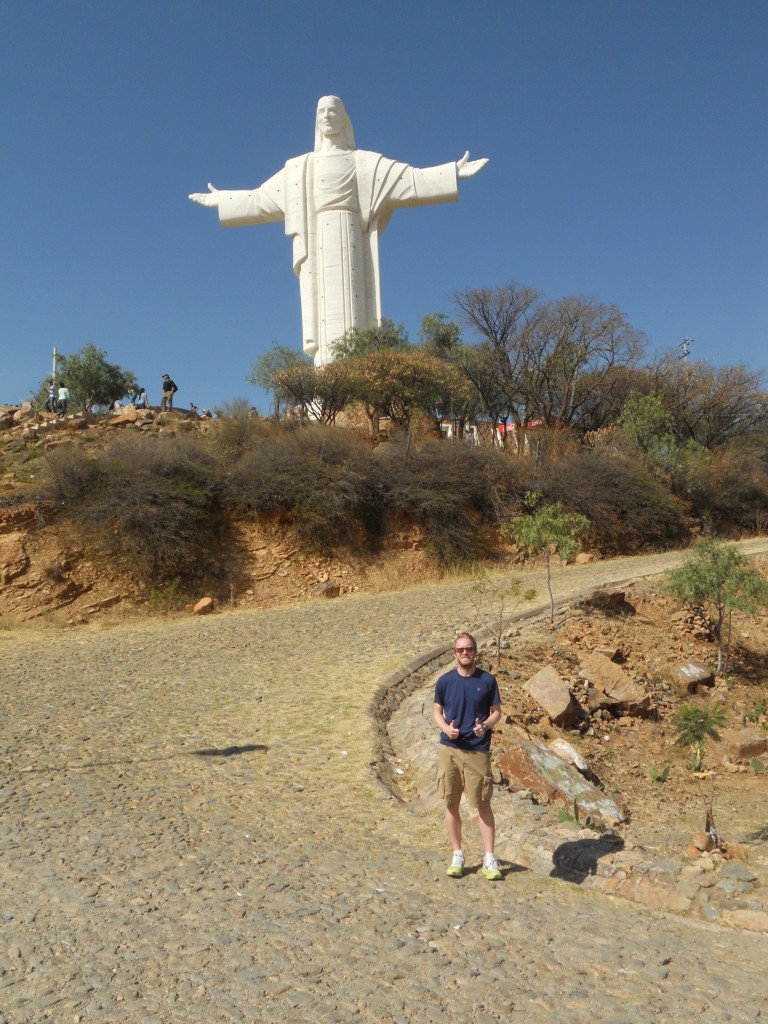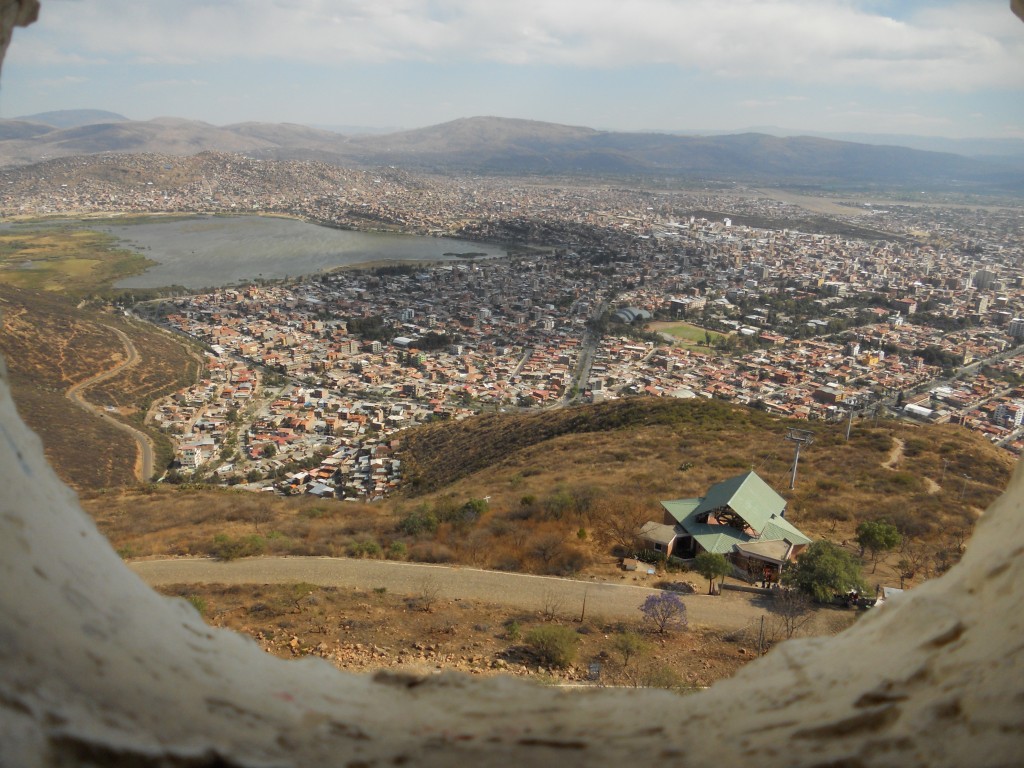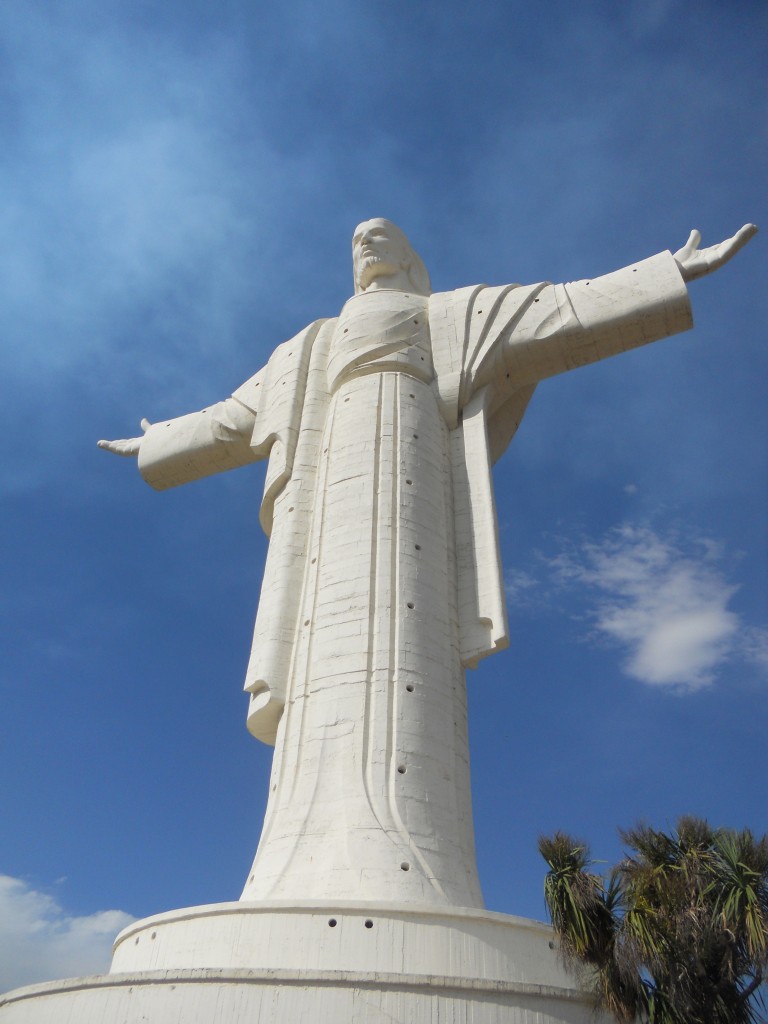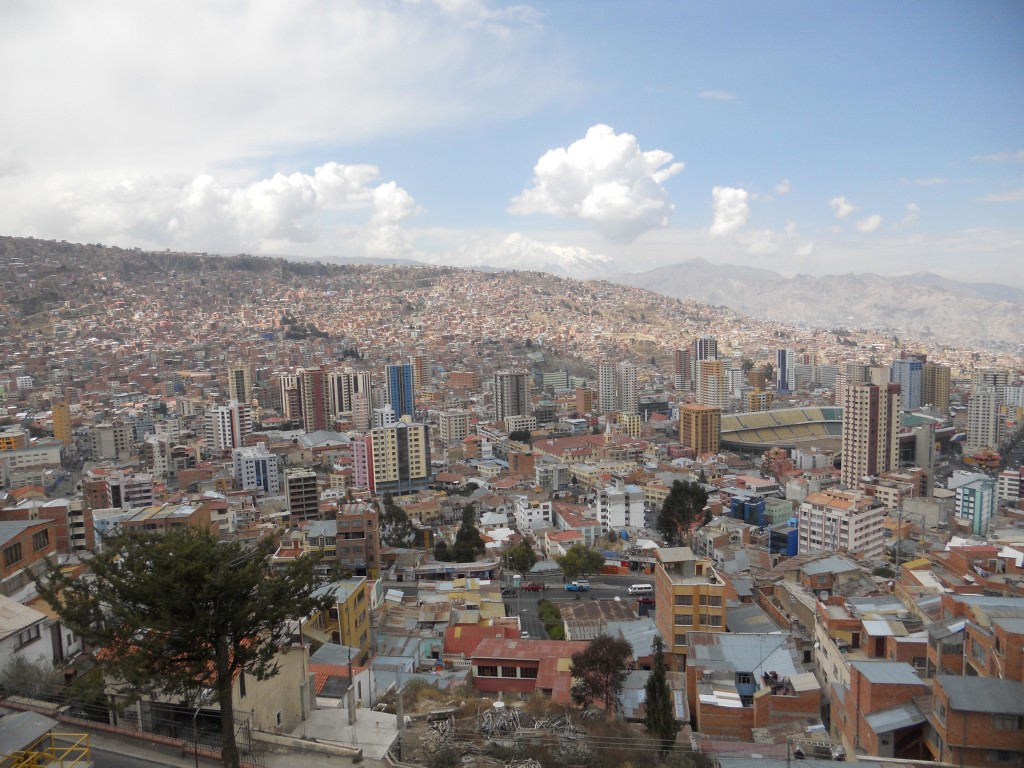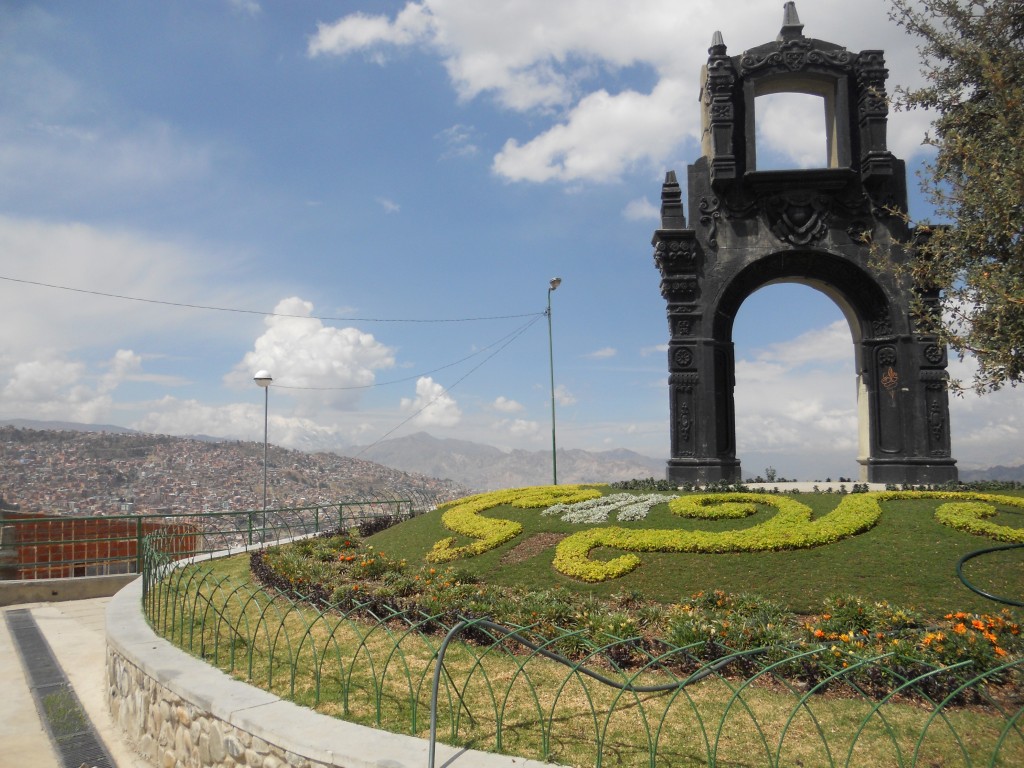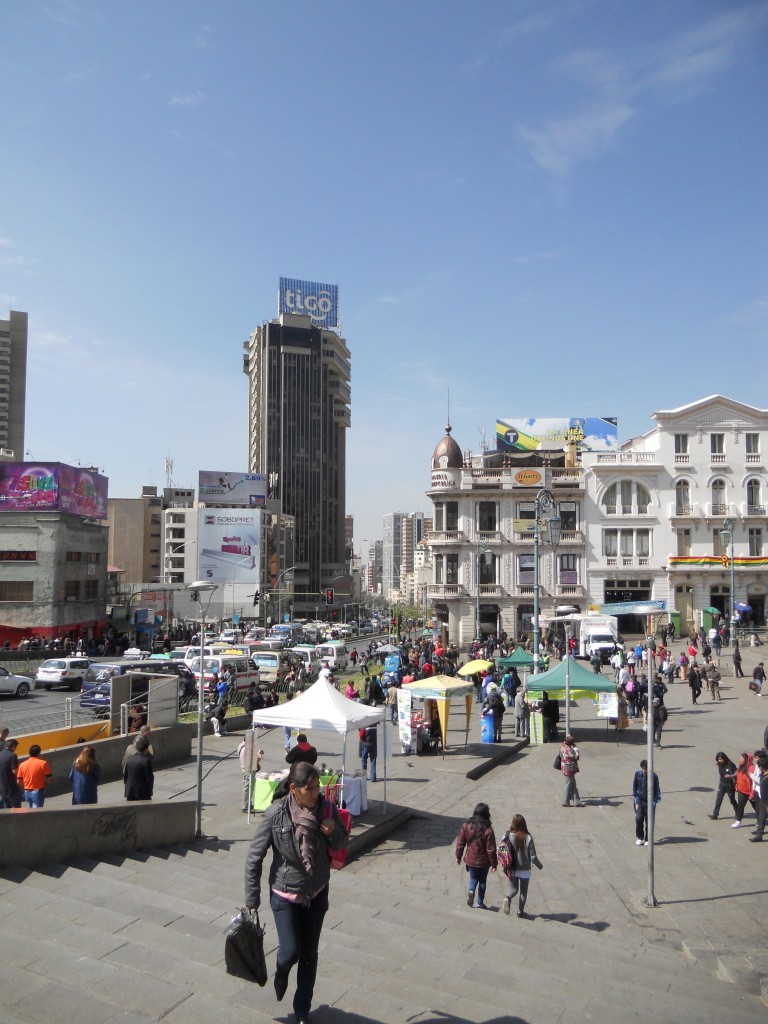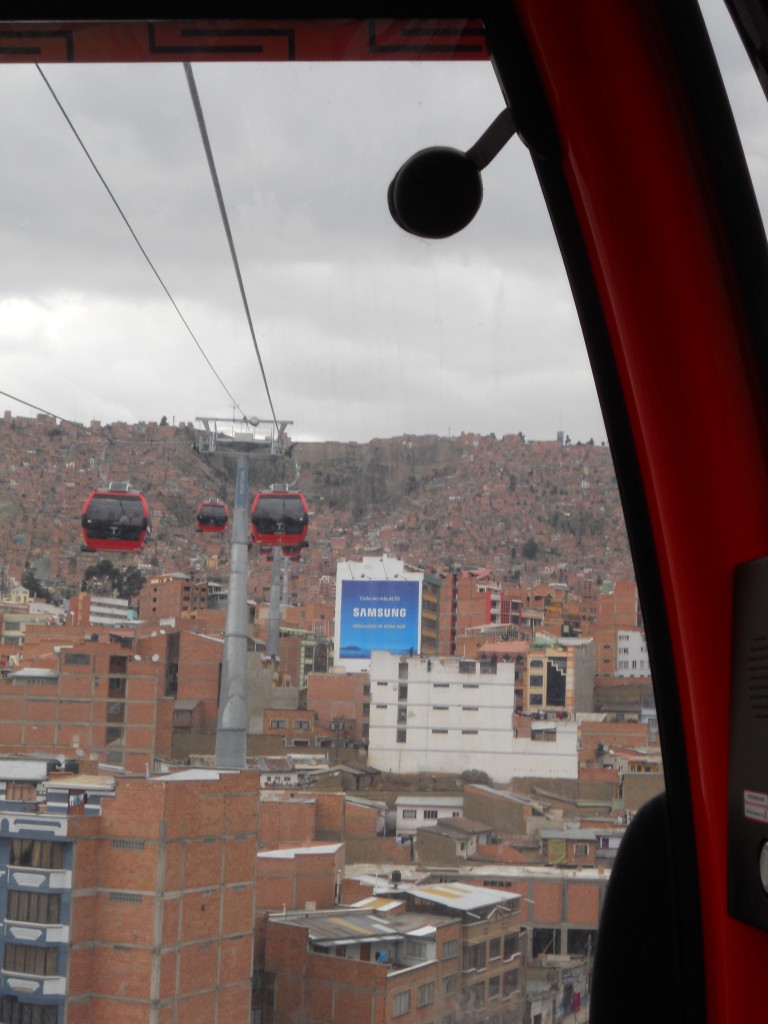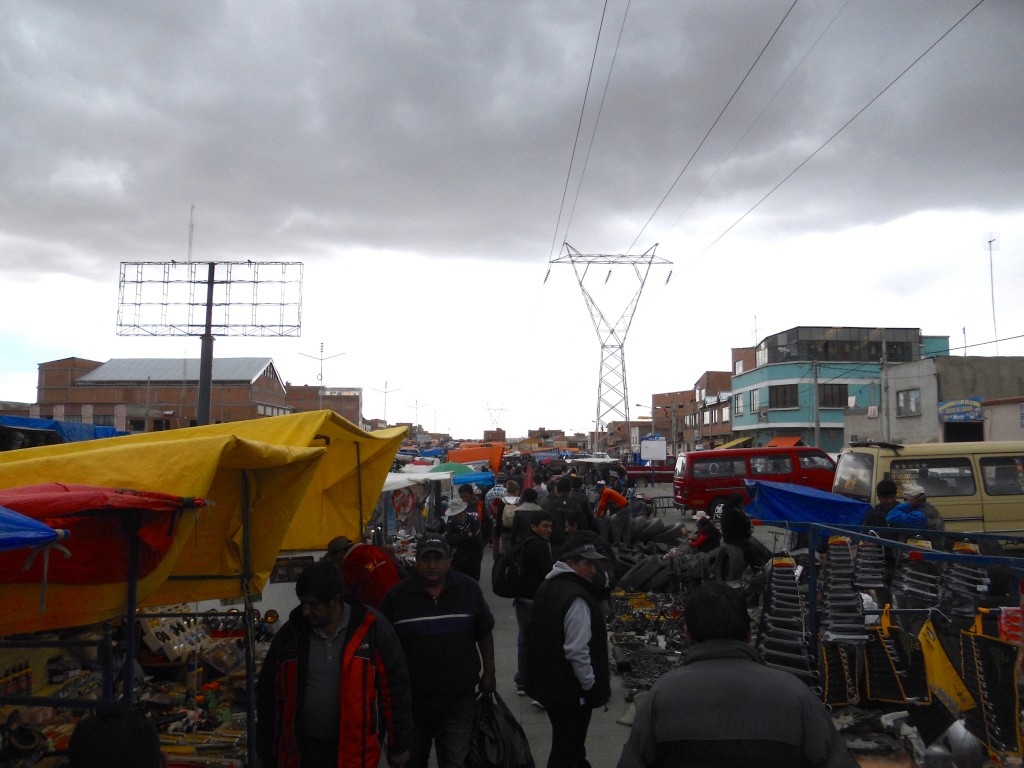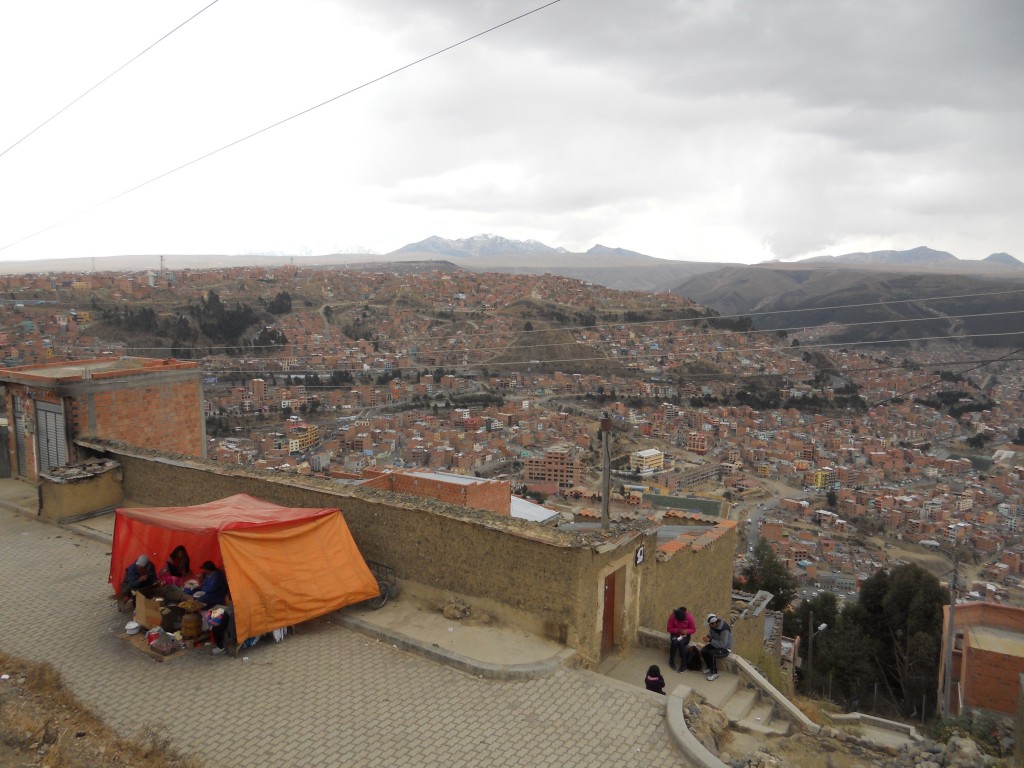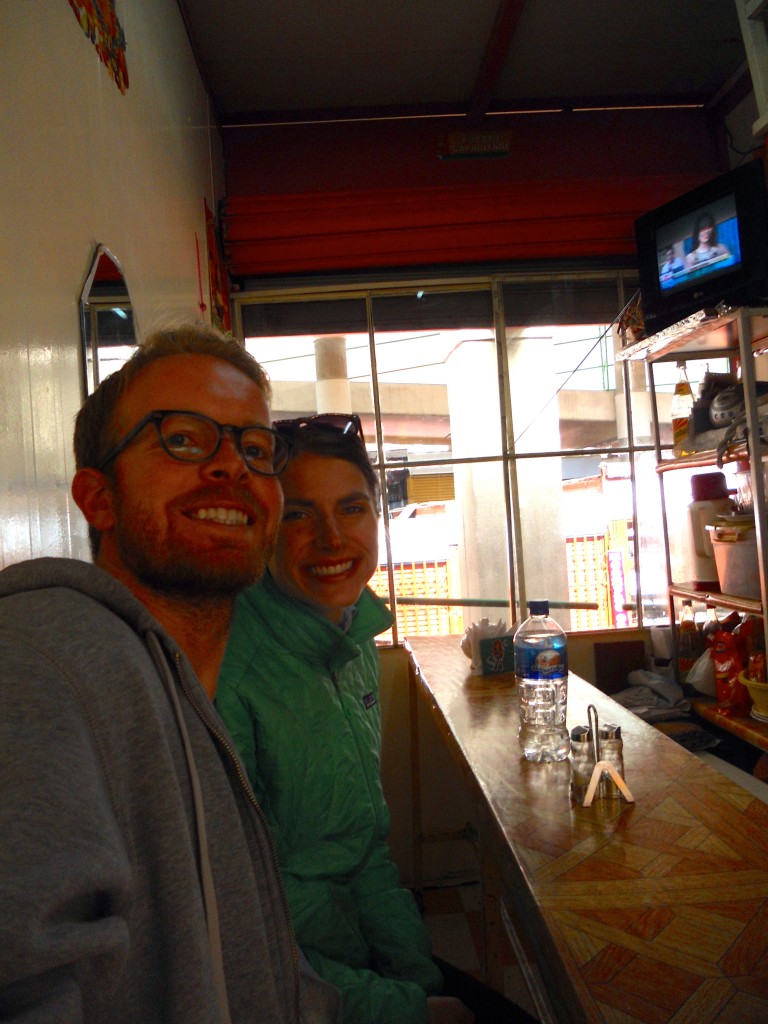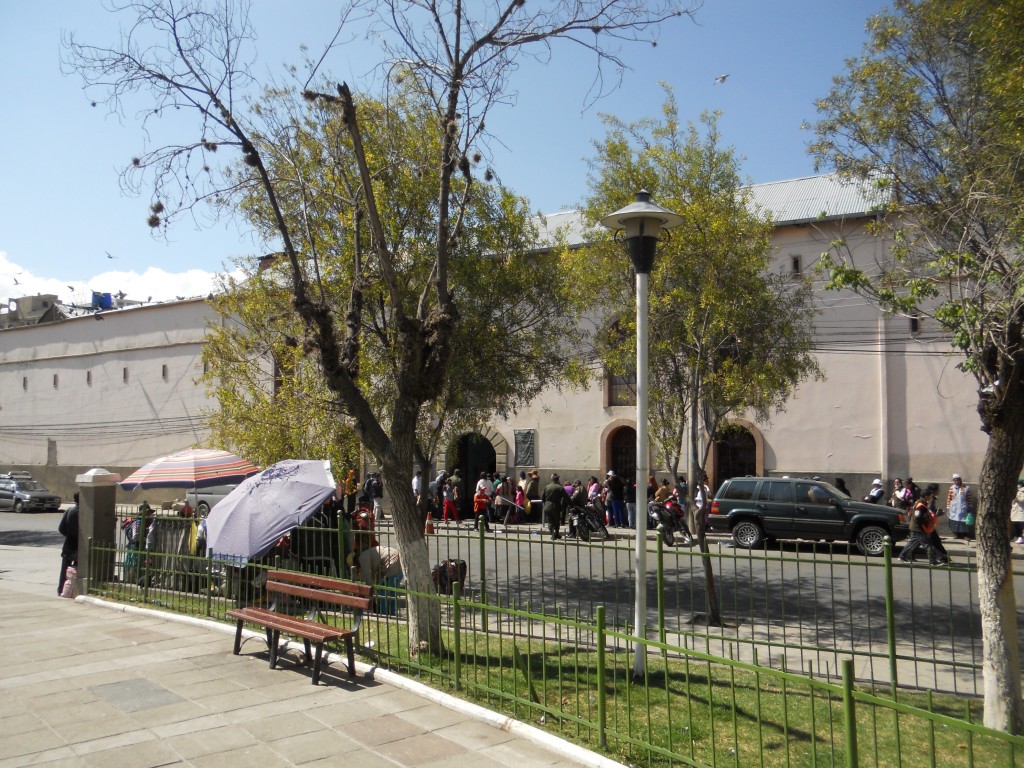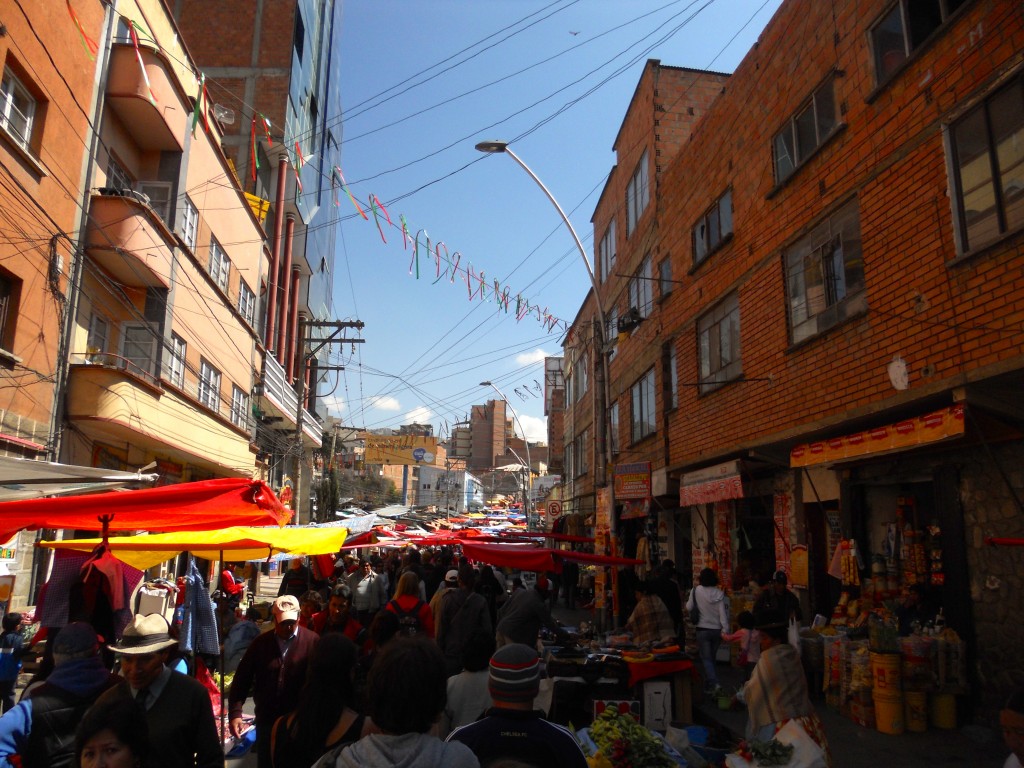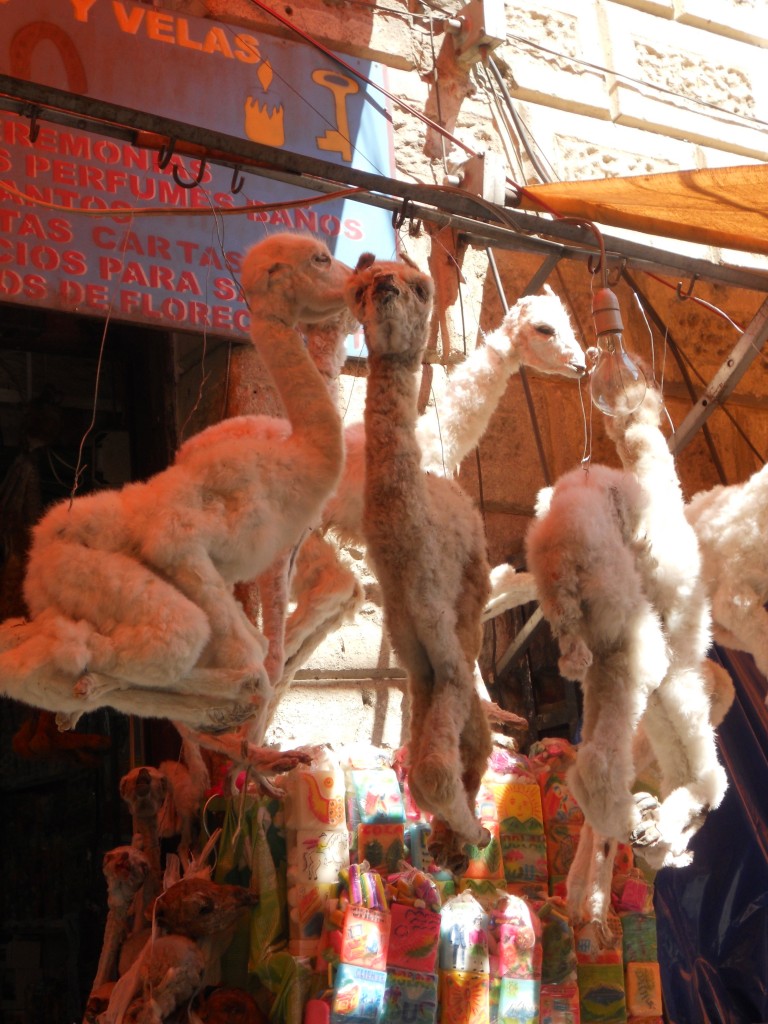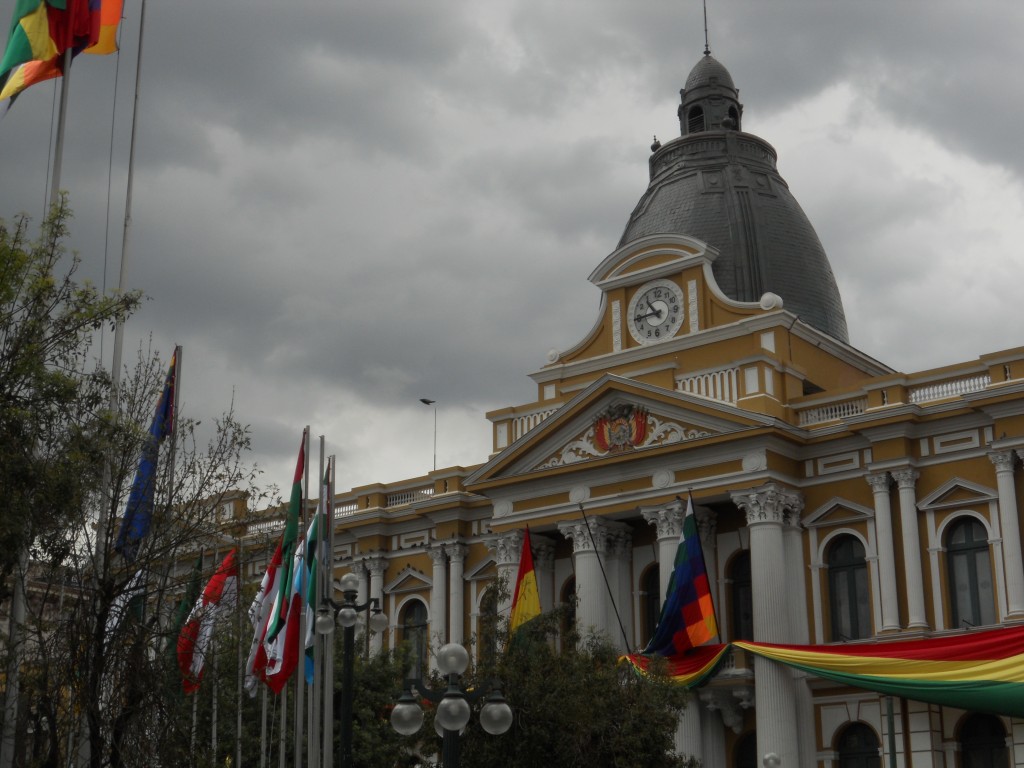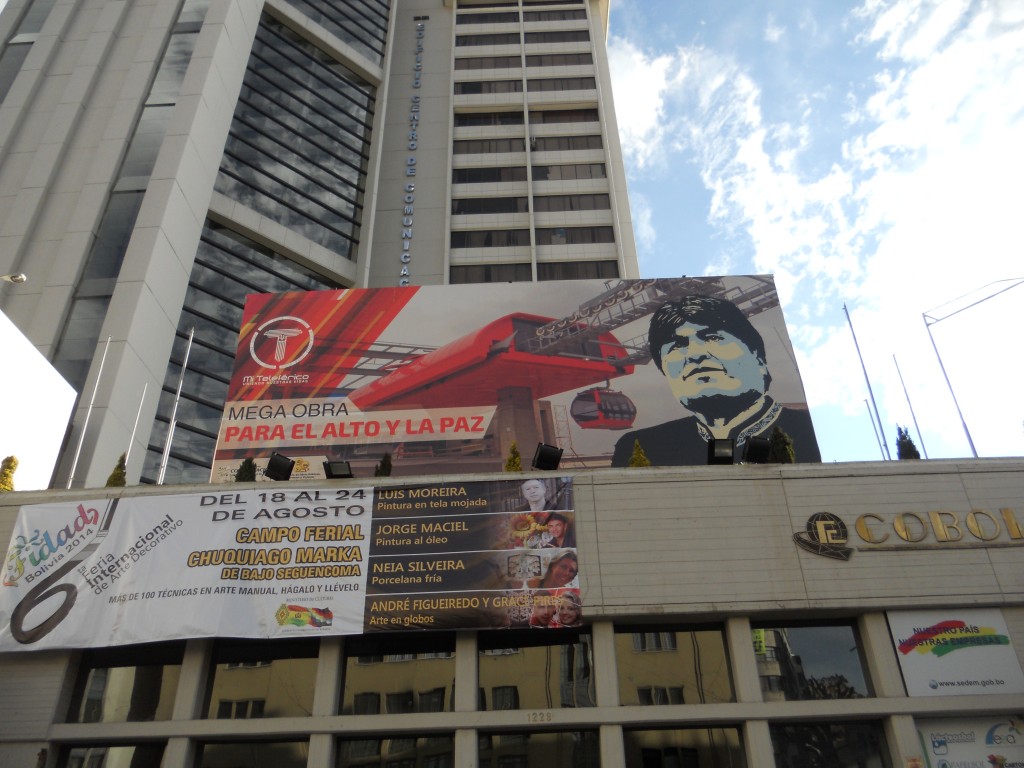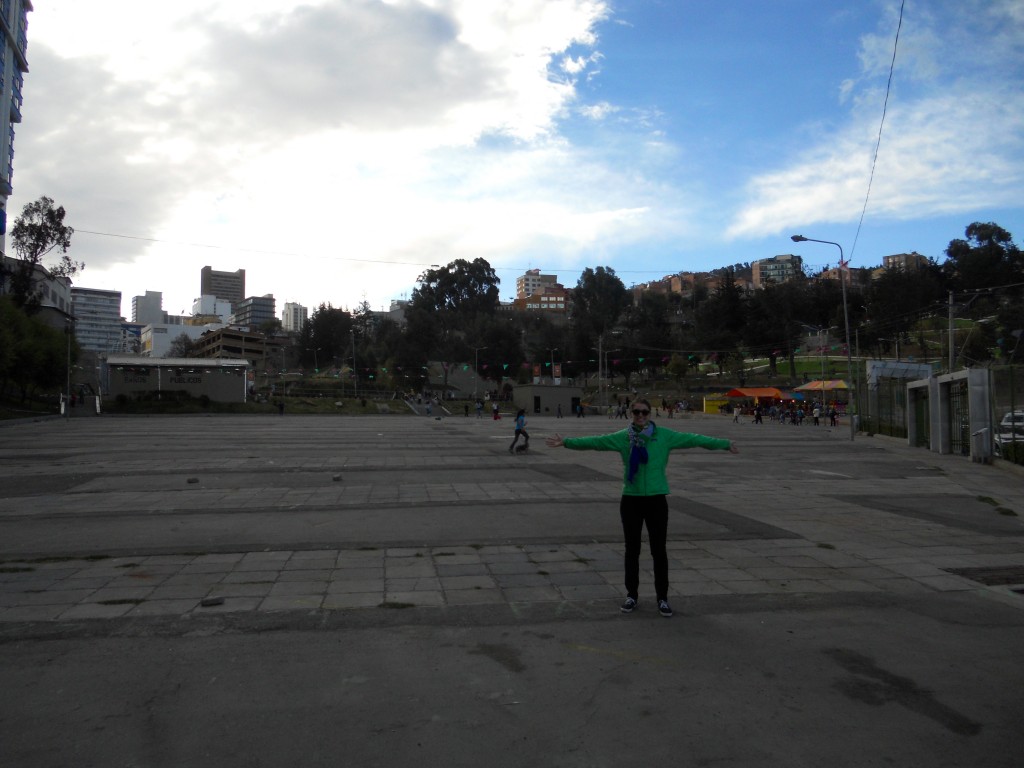Sorry about the recent slow down on posting – since we settled in Cochabamba, we haven’t been as great about taking our camera out with us since we’ve been on “living here” mode vs “tourist” mode. We head out of Cochabamba on Tuesday and are planning on being tourists for the next few days before we leave, so we will definitely have some more pictures of this city we’ve been living in coming soon. Also – make sure to check out our updated itinerary page for where we are headed next!
We have been living in a house right across from a university here and one of the great things about living so close to all these students, is really cheap eats. Food here is really inexpensive anyway (Brandon has been eating fried chicken, rice and french fries for lunch 4 times a week because it only costs $1.15!) but even more so from all the street stalls and carts that ring the university.
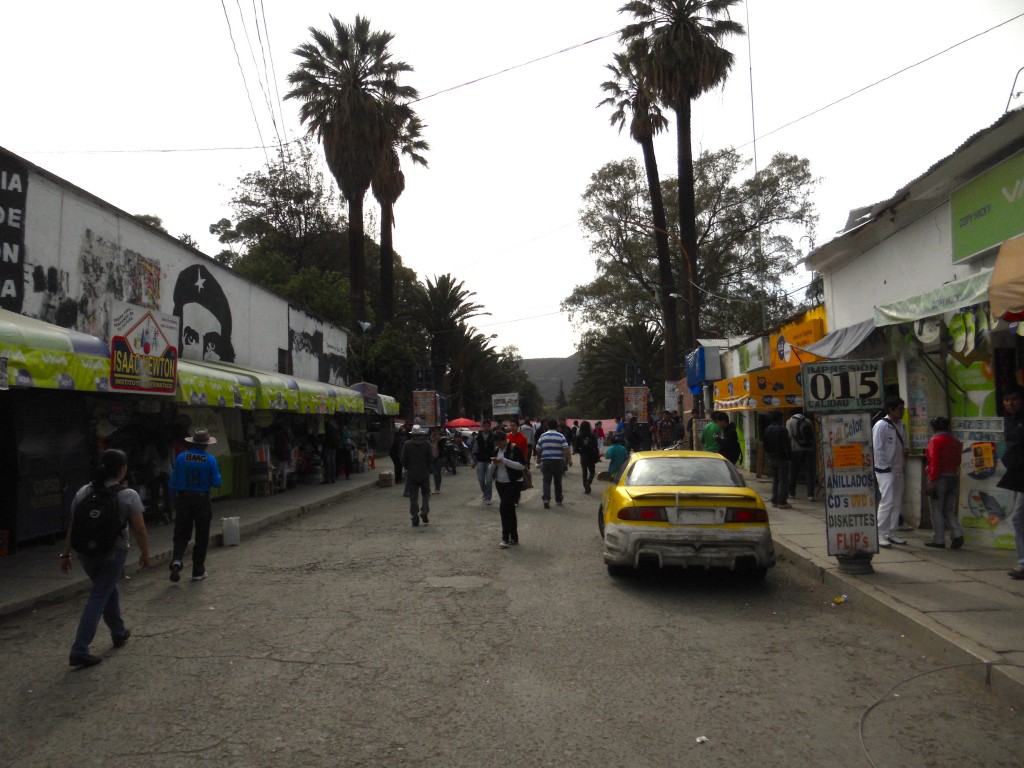
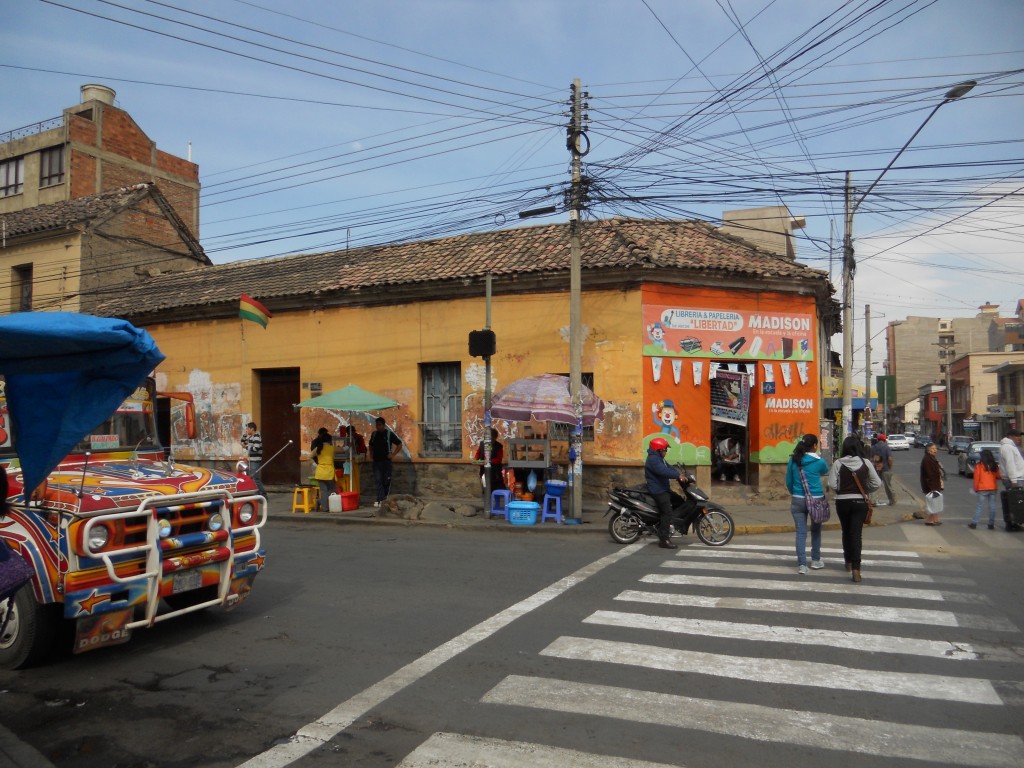
Here are some of the popular street foods that we’ve been eating and about what they cost in U.S. dollars.
$.30 Giant Doughnuts
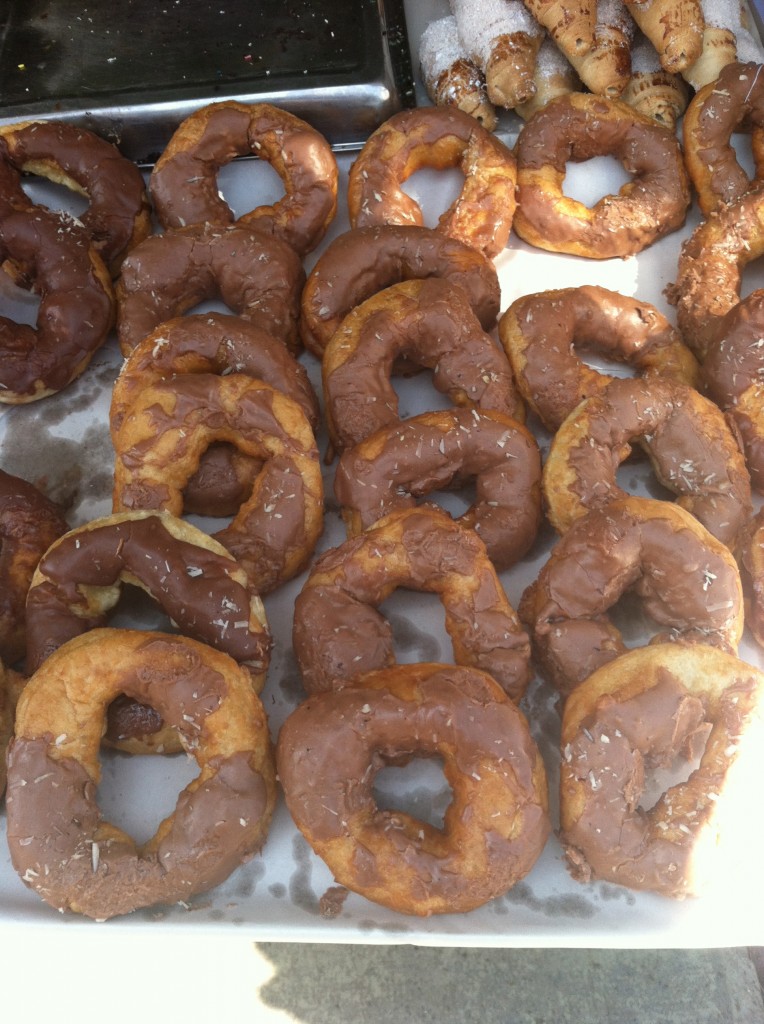
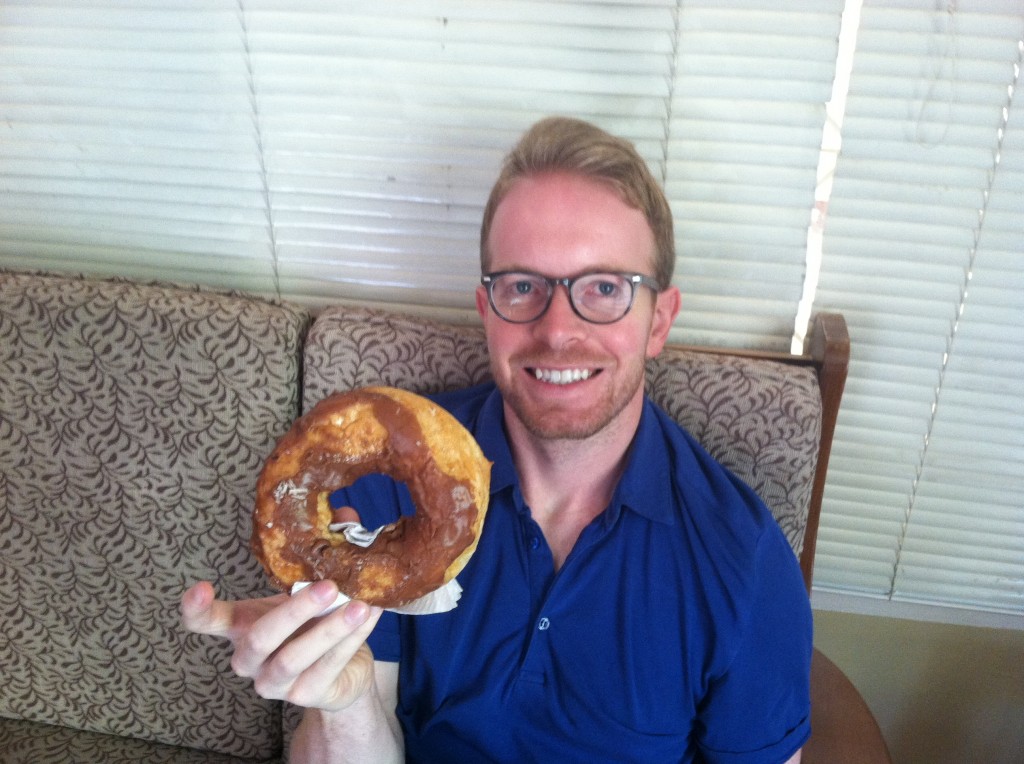
$.50 Pastel (giant fried pastry with a little cheese in it, sprinkled with powdered sugar). There’s a lady on our corner who sets up a little restaurant on the street every morning and only sells pastels and juices.
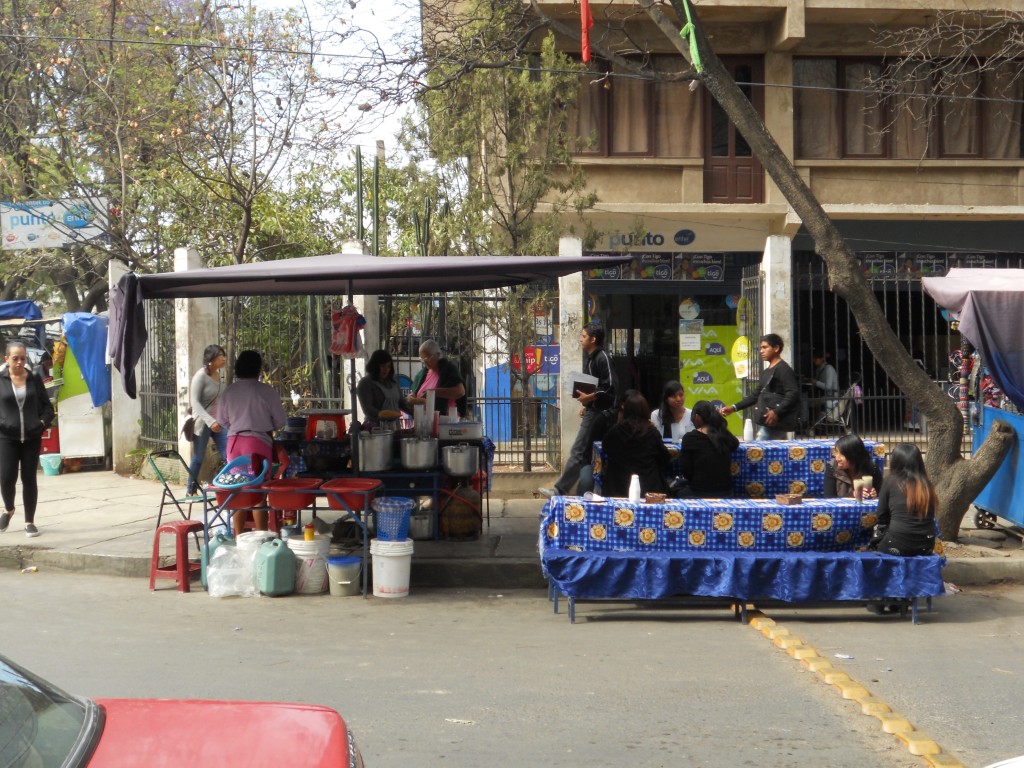
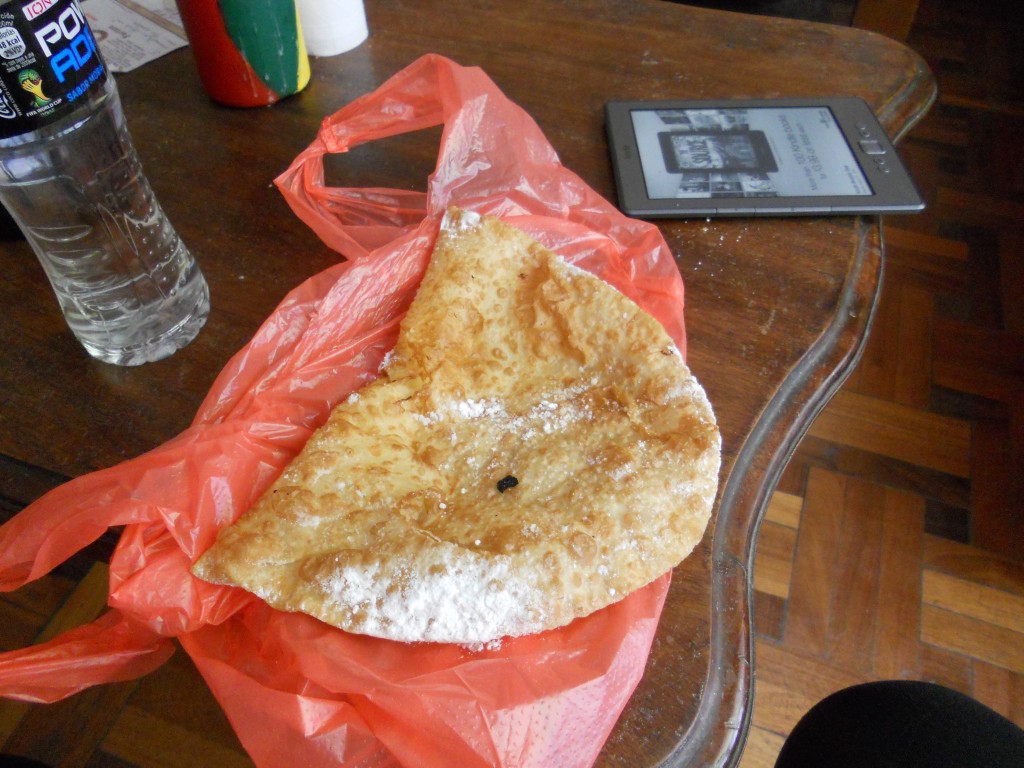
$.50 Papa Rellena (potatoes stuffed with meat, cheese, veggies and fried – many times served with salad so I can pretend it’s healthy)

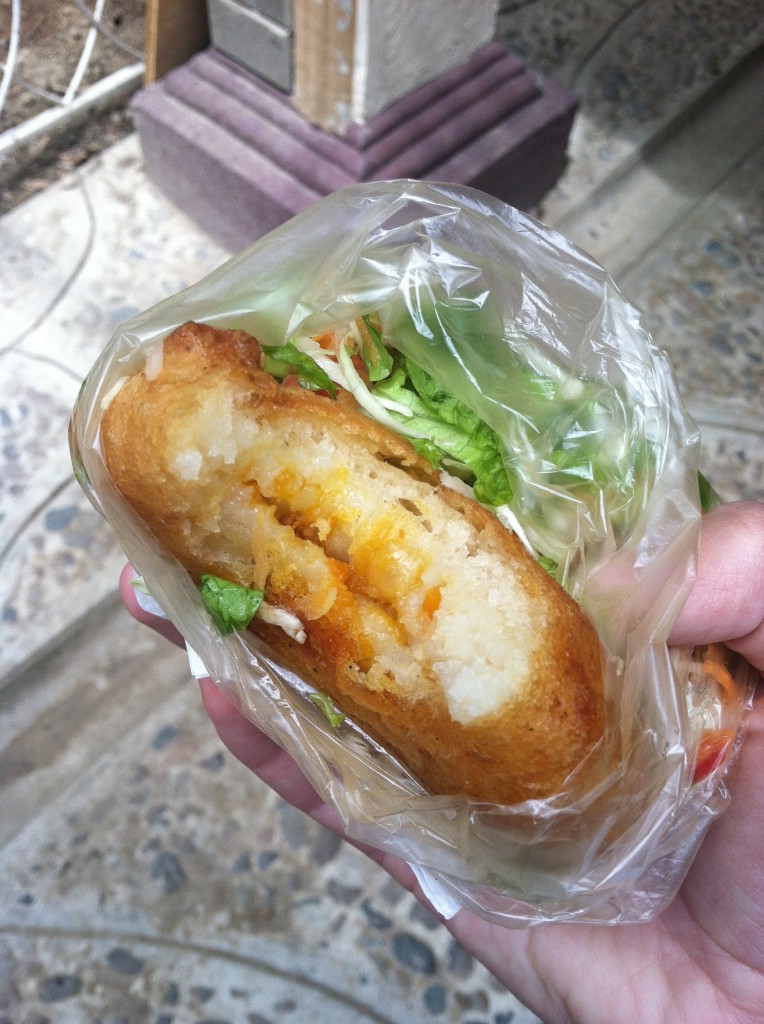
$.30 – $1 Empañadas/Salteñas (fried or baked pastry filled with a variety of things from just cheese to meat, veggies and cheese)
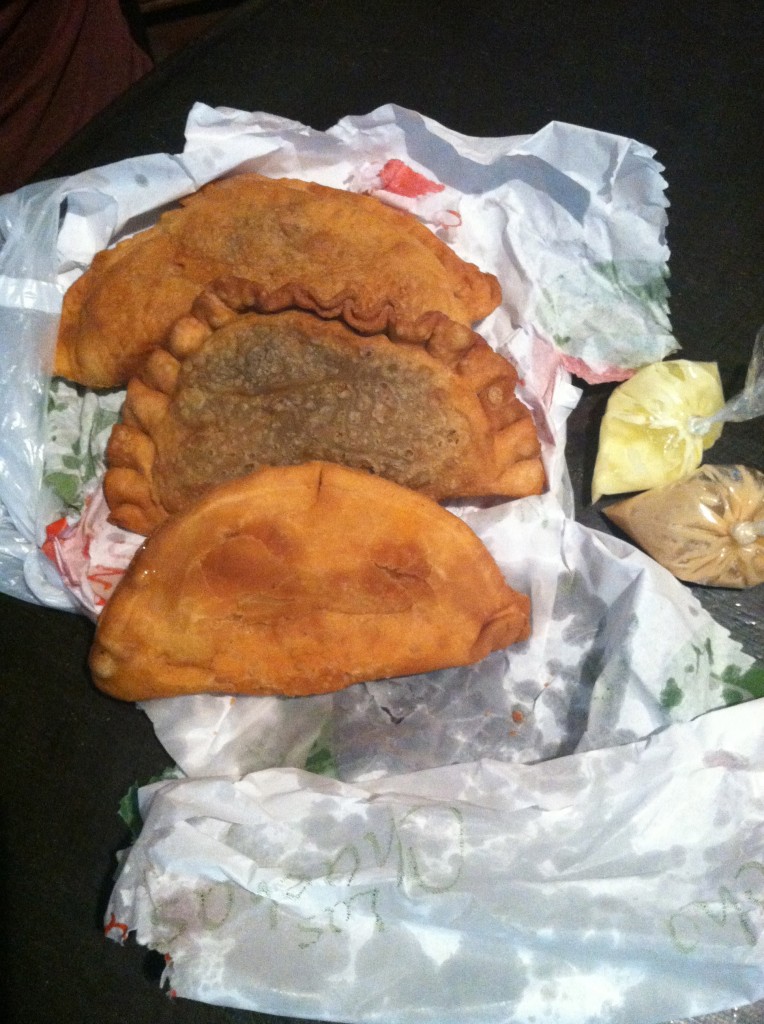
$.80 Trancapecho (heart attack sandwich – deep fat fried meat, deep fat fried egg, rice, carrots, french fries, ketchup, mustard and mayonnaise all stuffed in a giant bun)
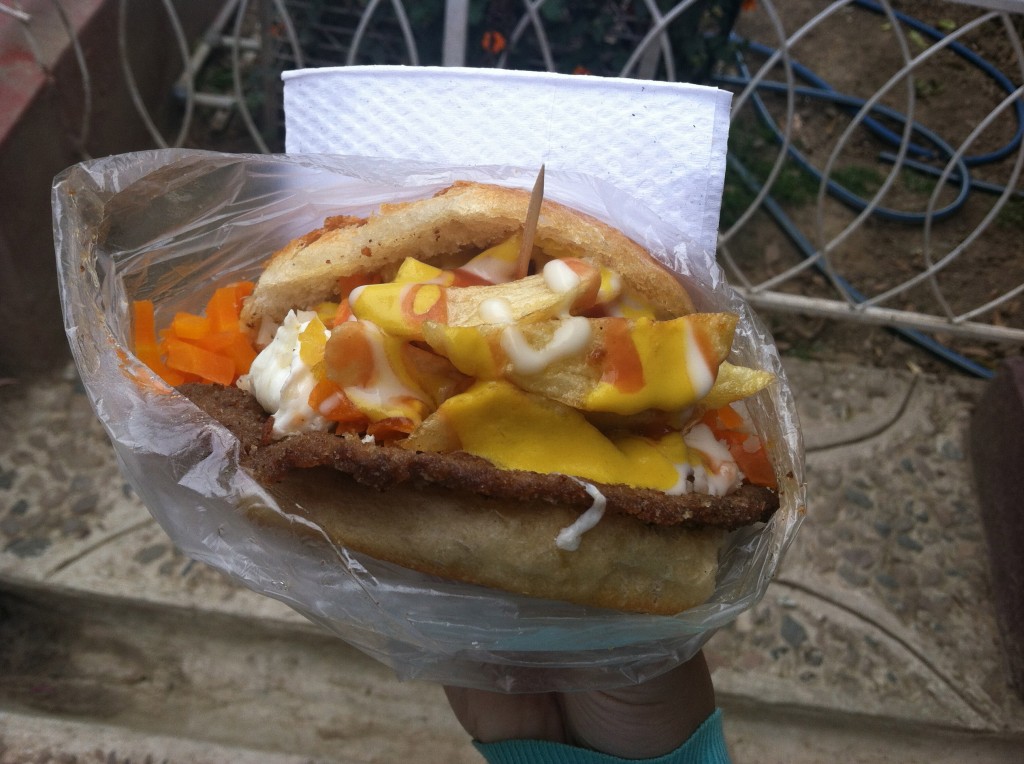
If you haven’t noticed already, there is a lot of fried food here! There are some healthy options though. There are vendors selling fruit (especially giant pineapple slices) on most corners.
$.45 Fresh Squeezed OJ
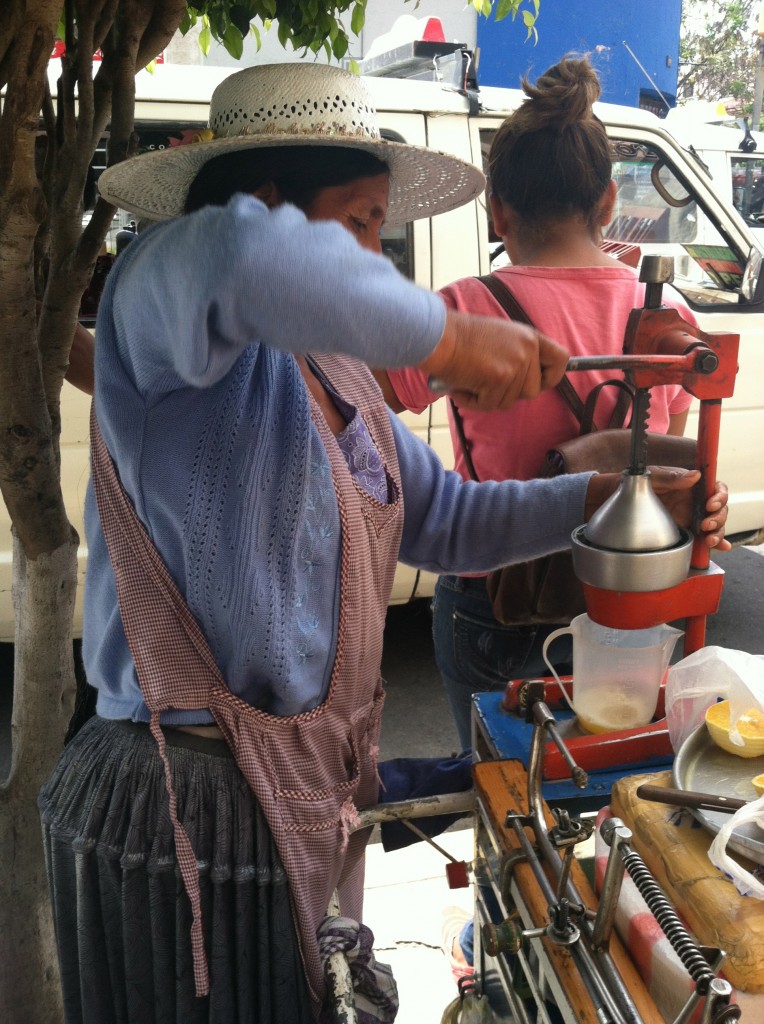
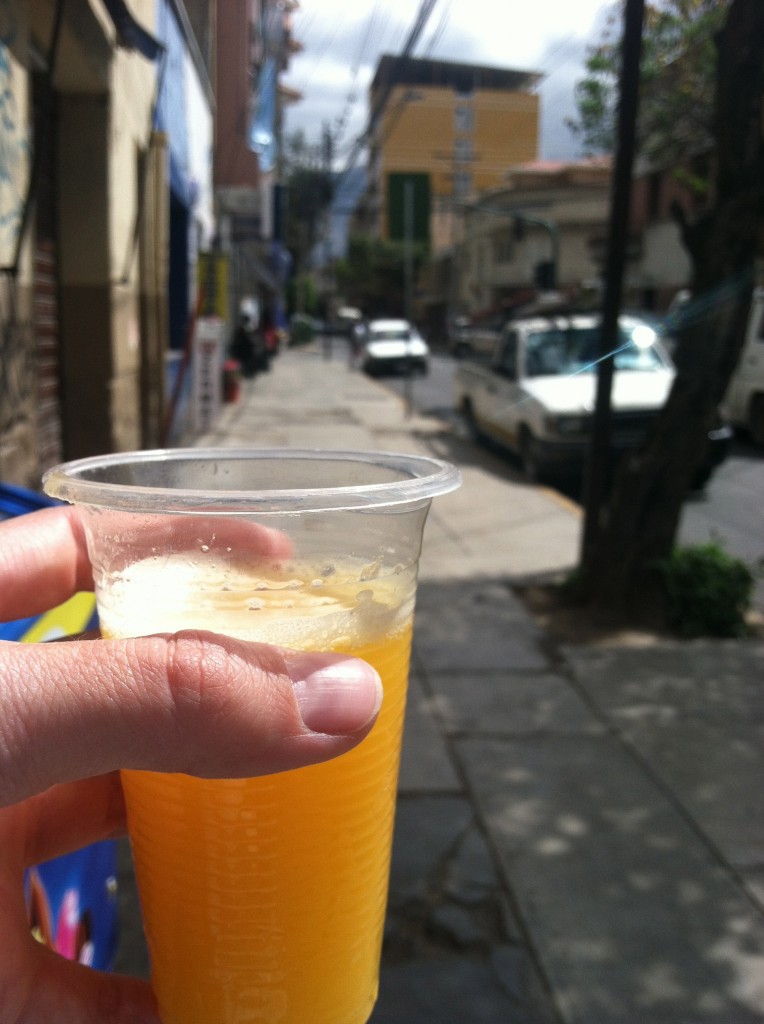
$.85 Fruit and Yogurt Salad
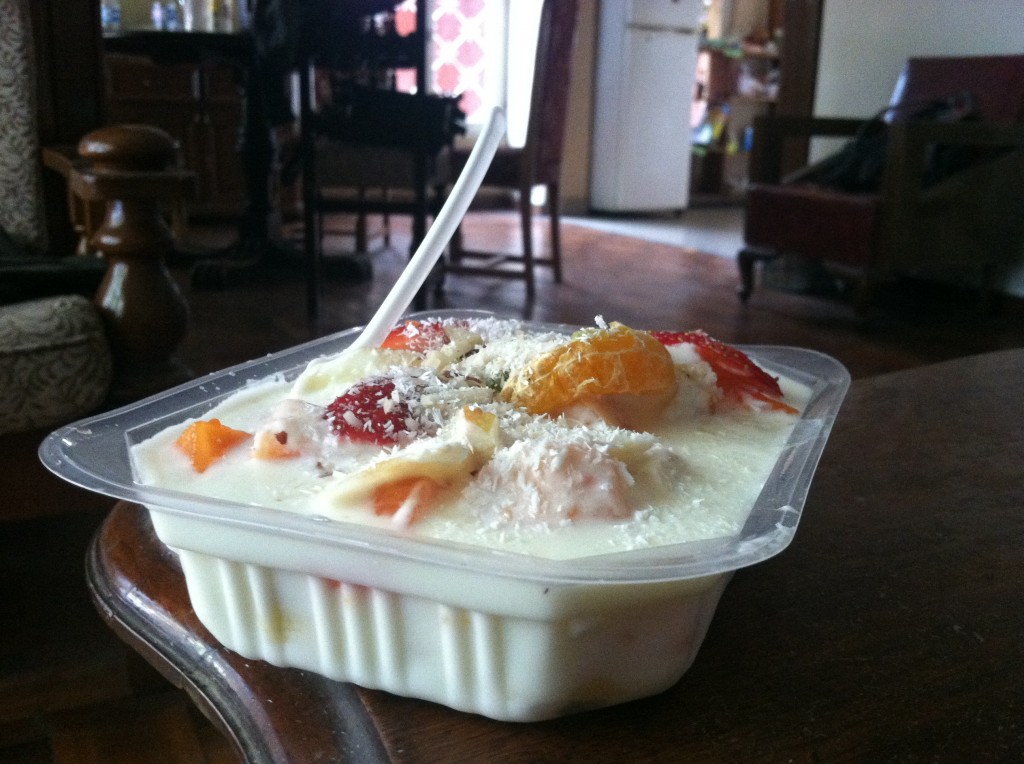
Similar to many of the other South American cities, there are a few grocery stores but most of the produce is sold in open air markets. We frequent two different ones here – one that is actually indoors called 25 de Mayo and another HUGE outdoor one called La Cancha. For the most part, produce here is even cheaper than Ecuador. Here’s a recent produce haul from La Cancha and the prices:
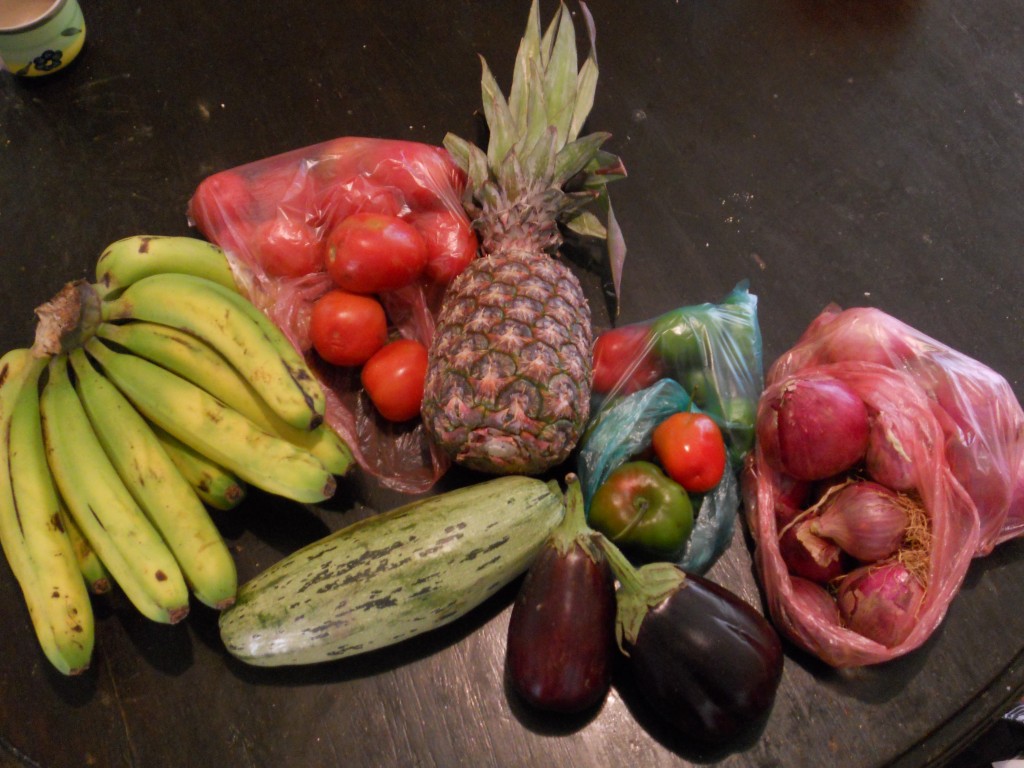
- 12 Bananas $.85
- Bag of tomatoes ~12 $.70
- Pineapple $.45
- Huge zucchini $.30
- 2 eggplants $.70
- Bag of peppers ~10 $.30
- Bag of small red onions ~15 $.70
Total Price $4
Or if you are too lazy to even go to the market, every morning a man selling produce rolls a cart around our neighborhood selling oranges and bananas.
